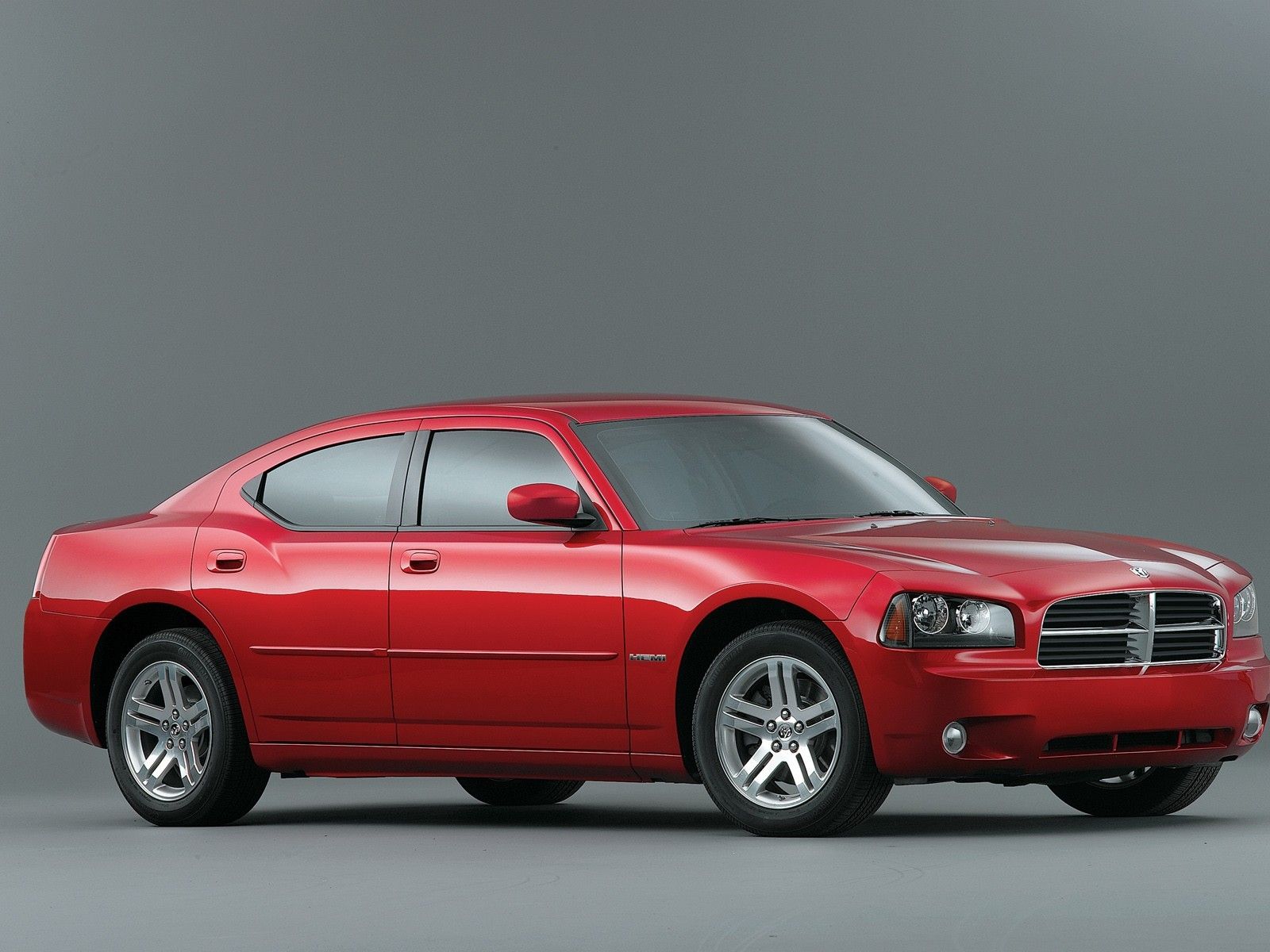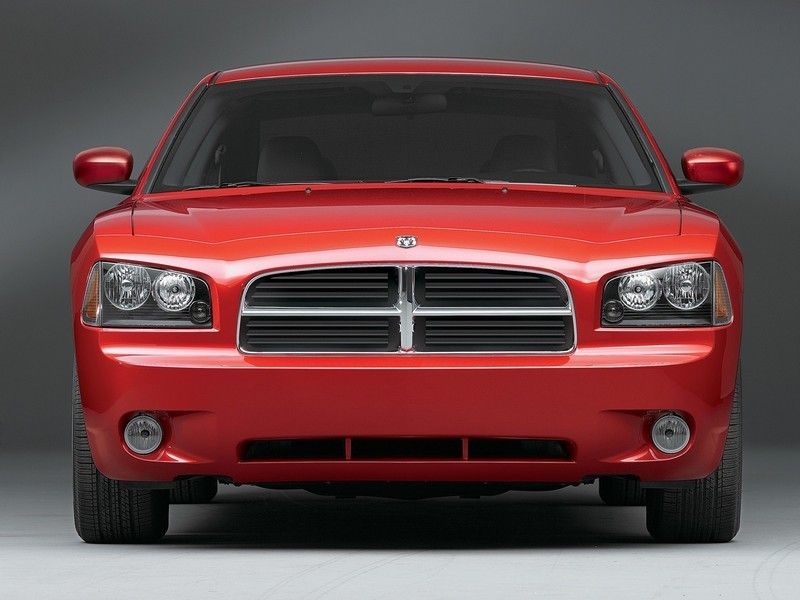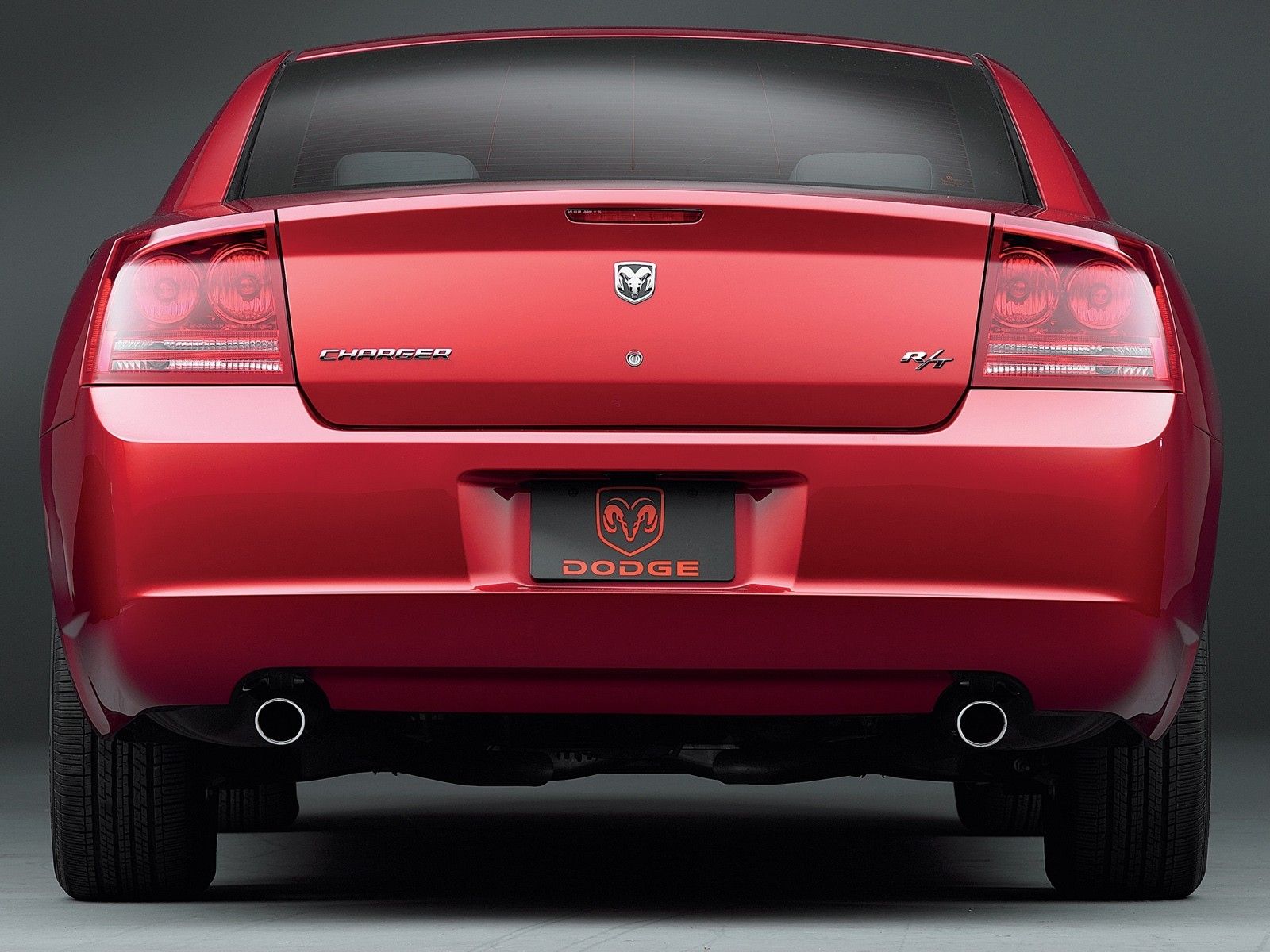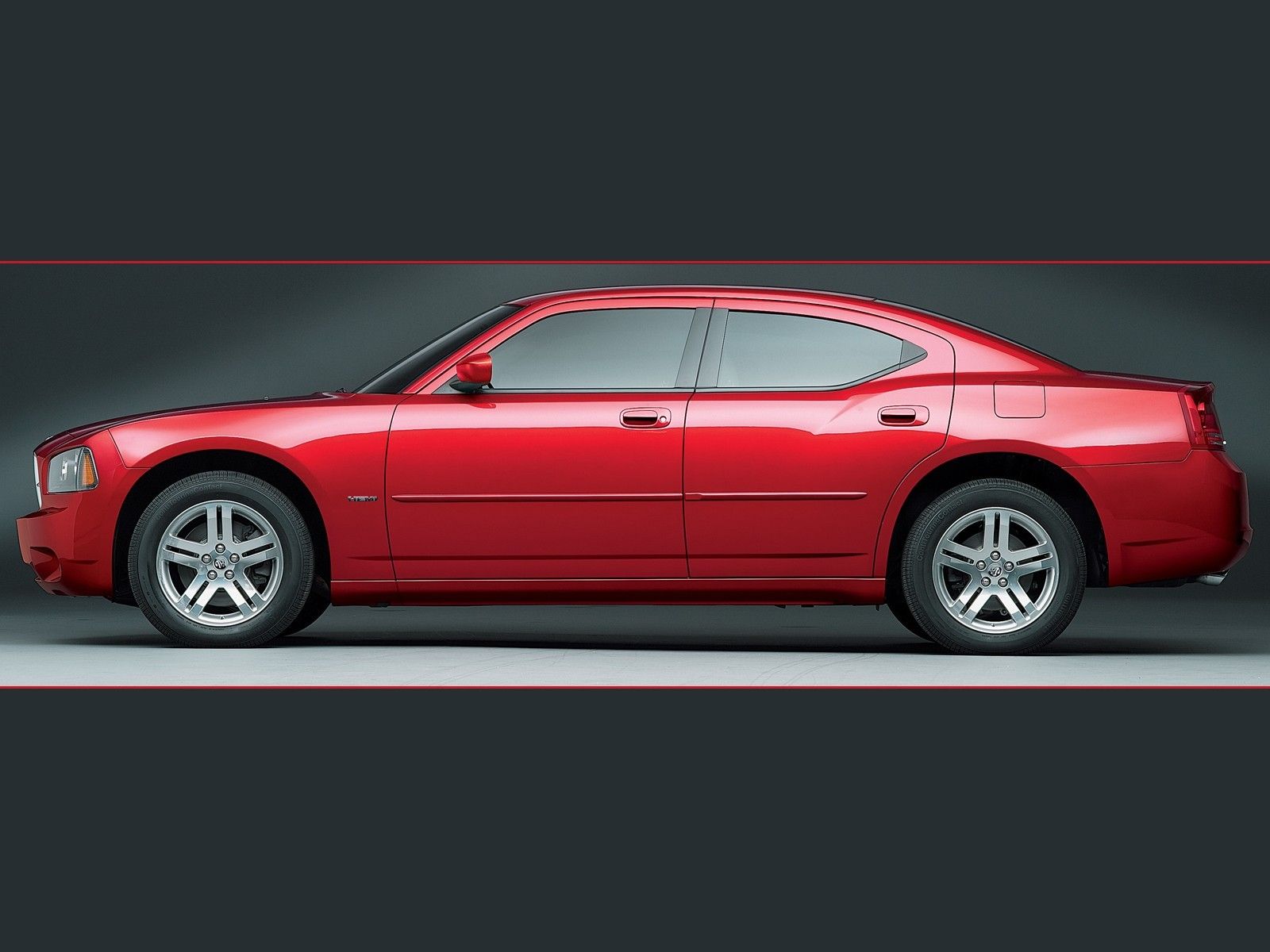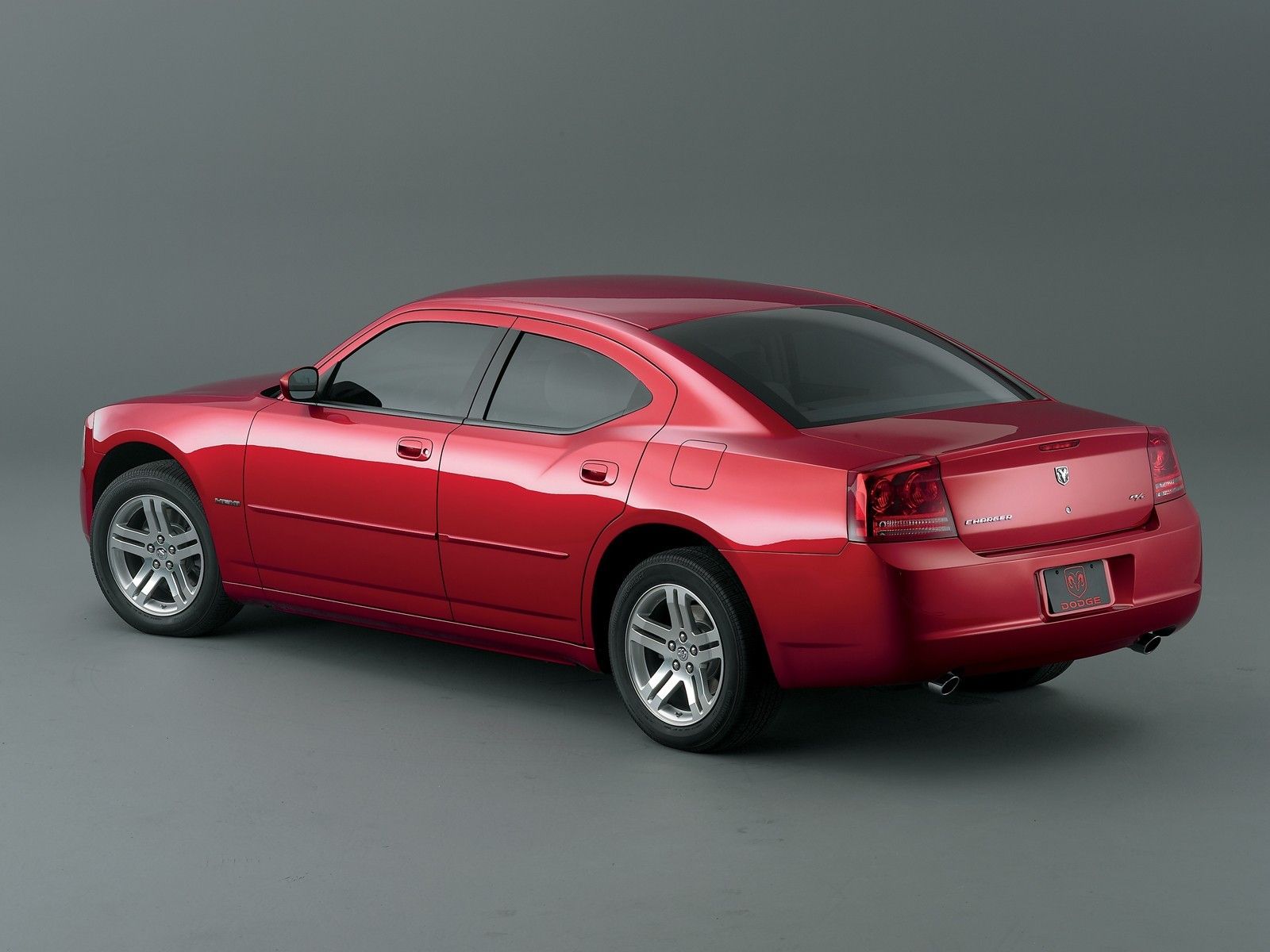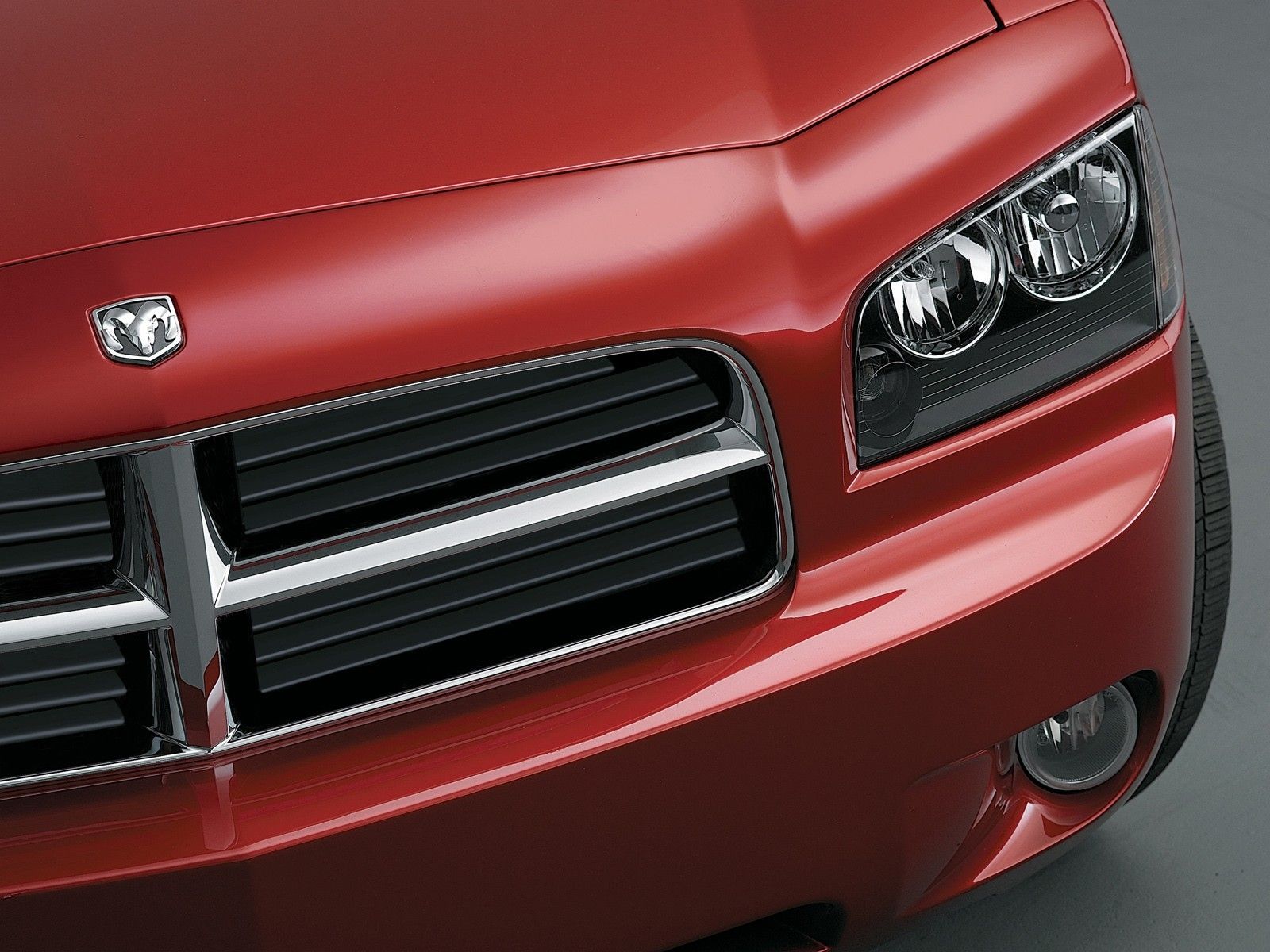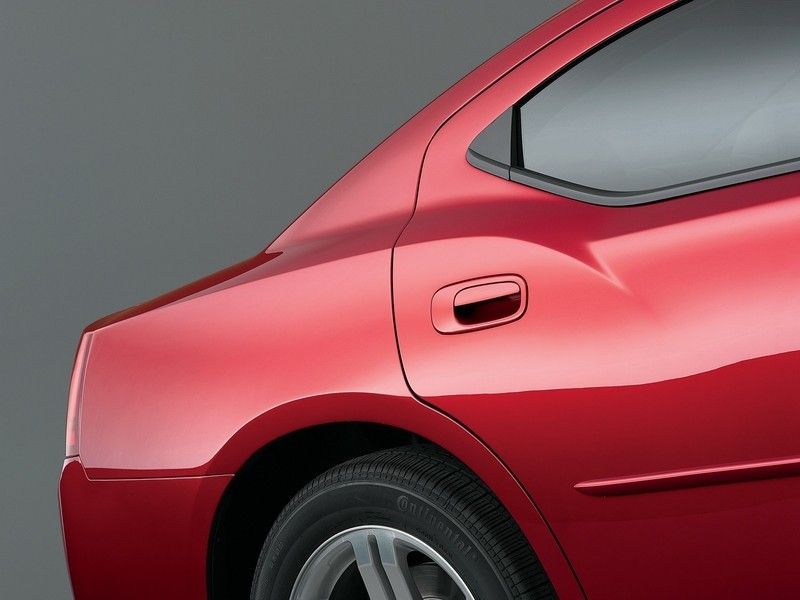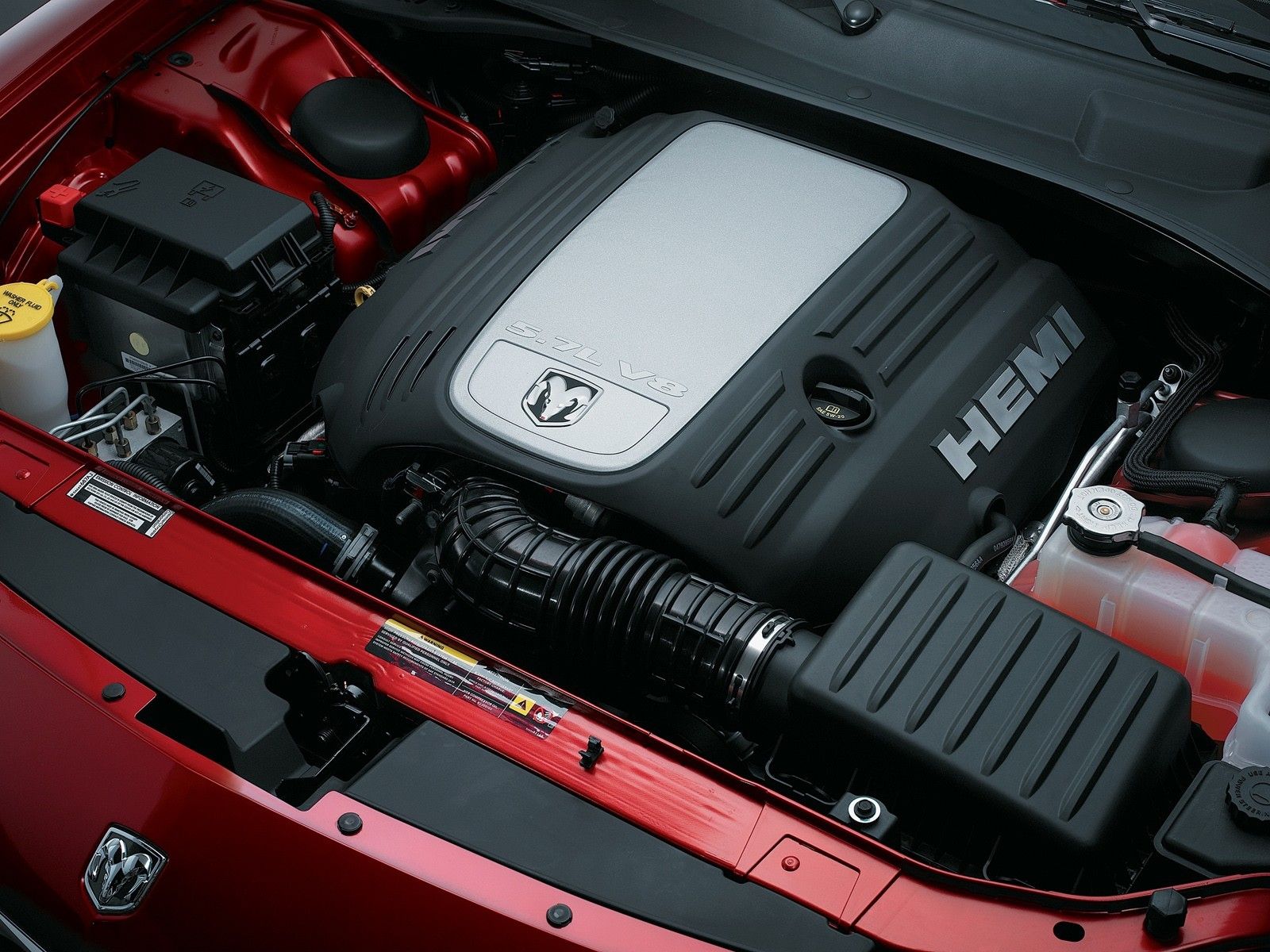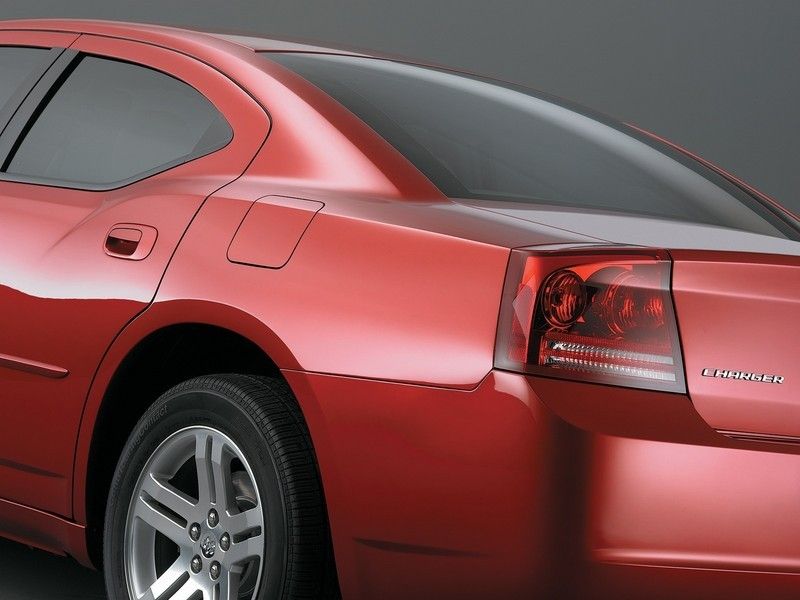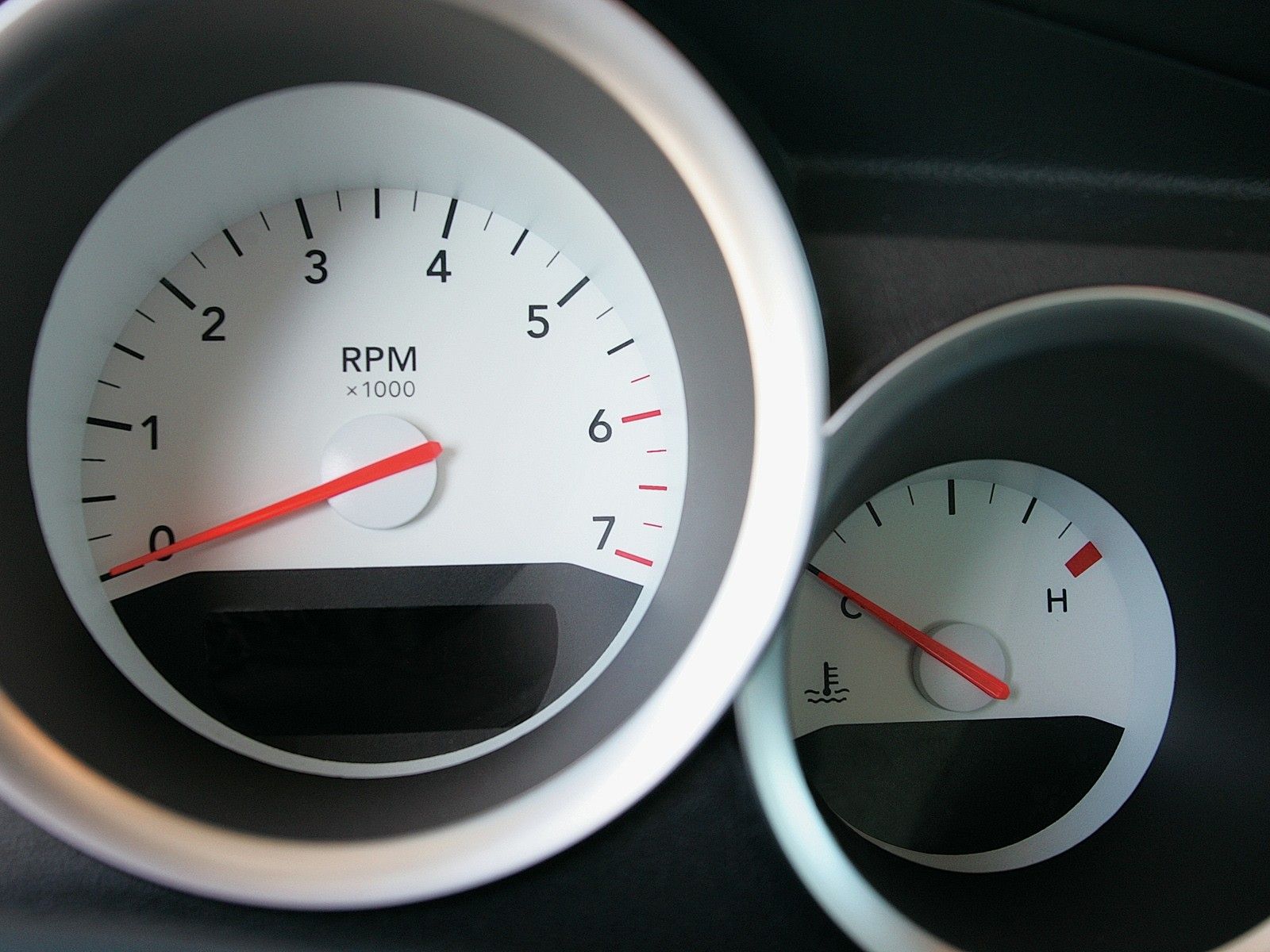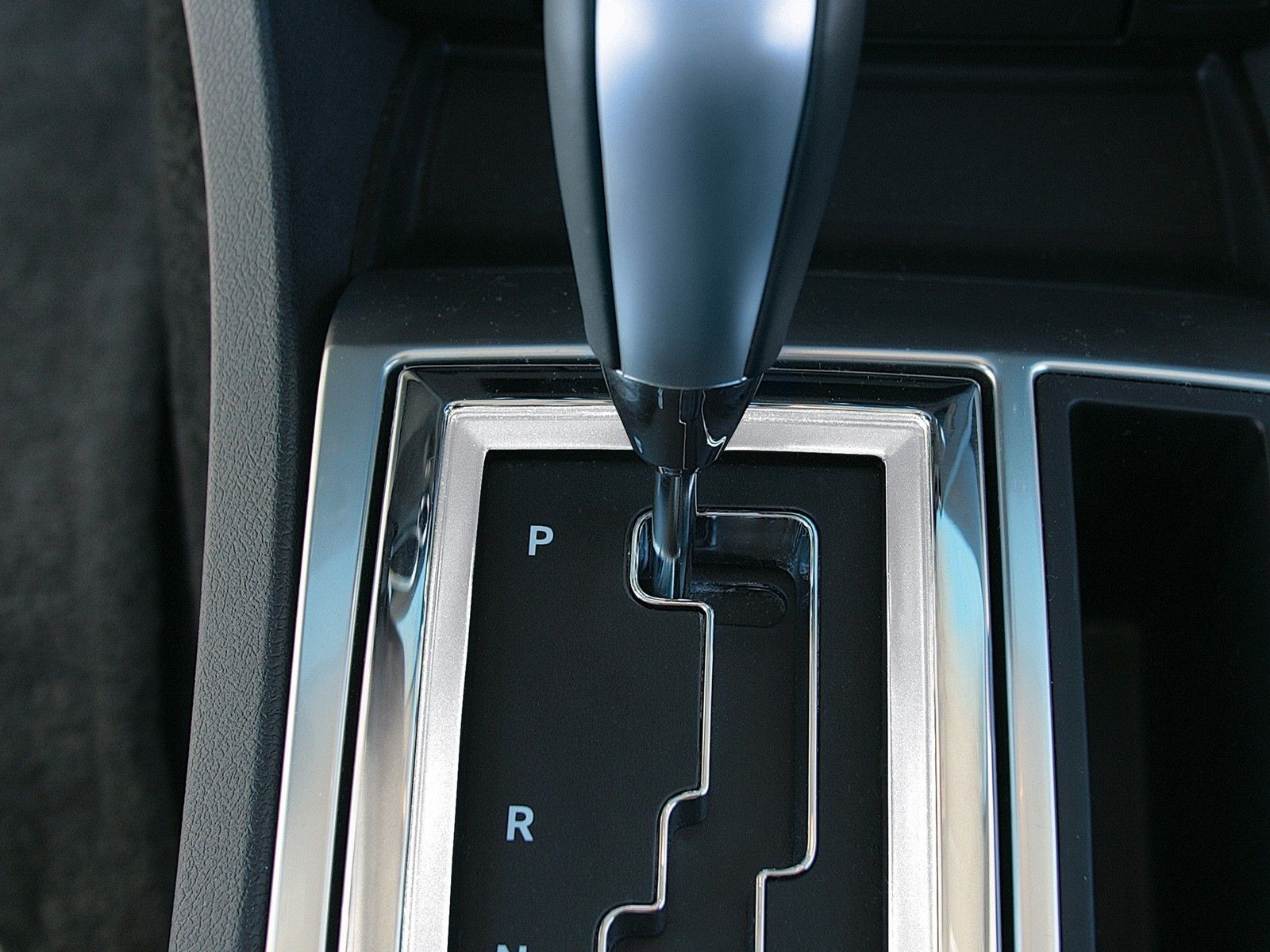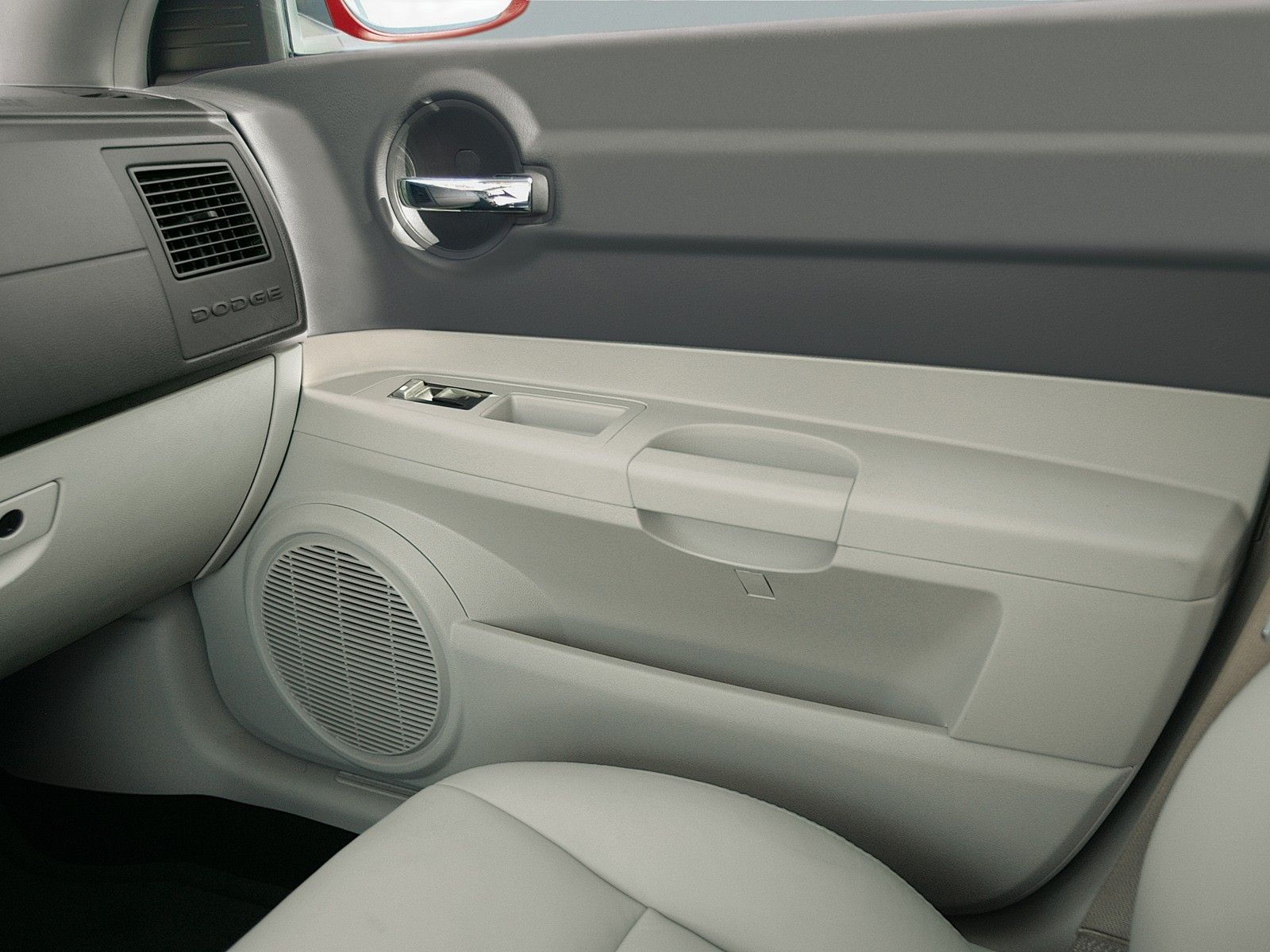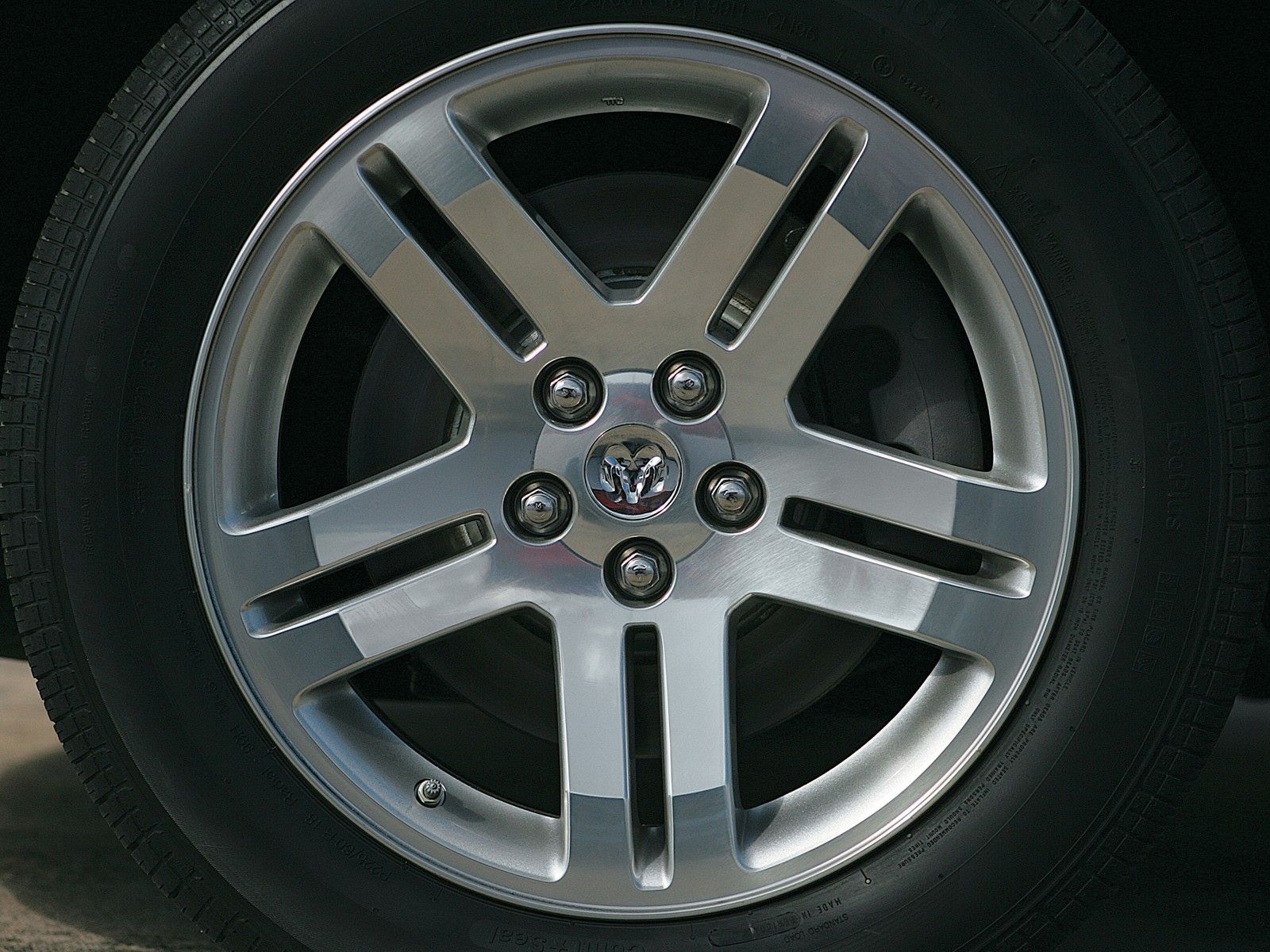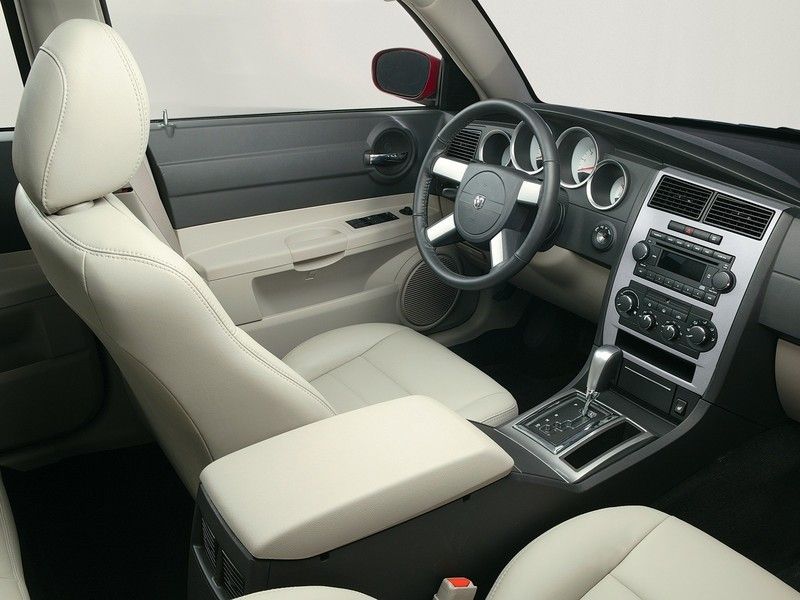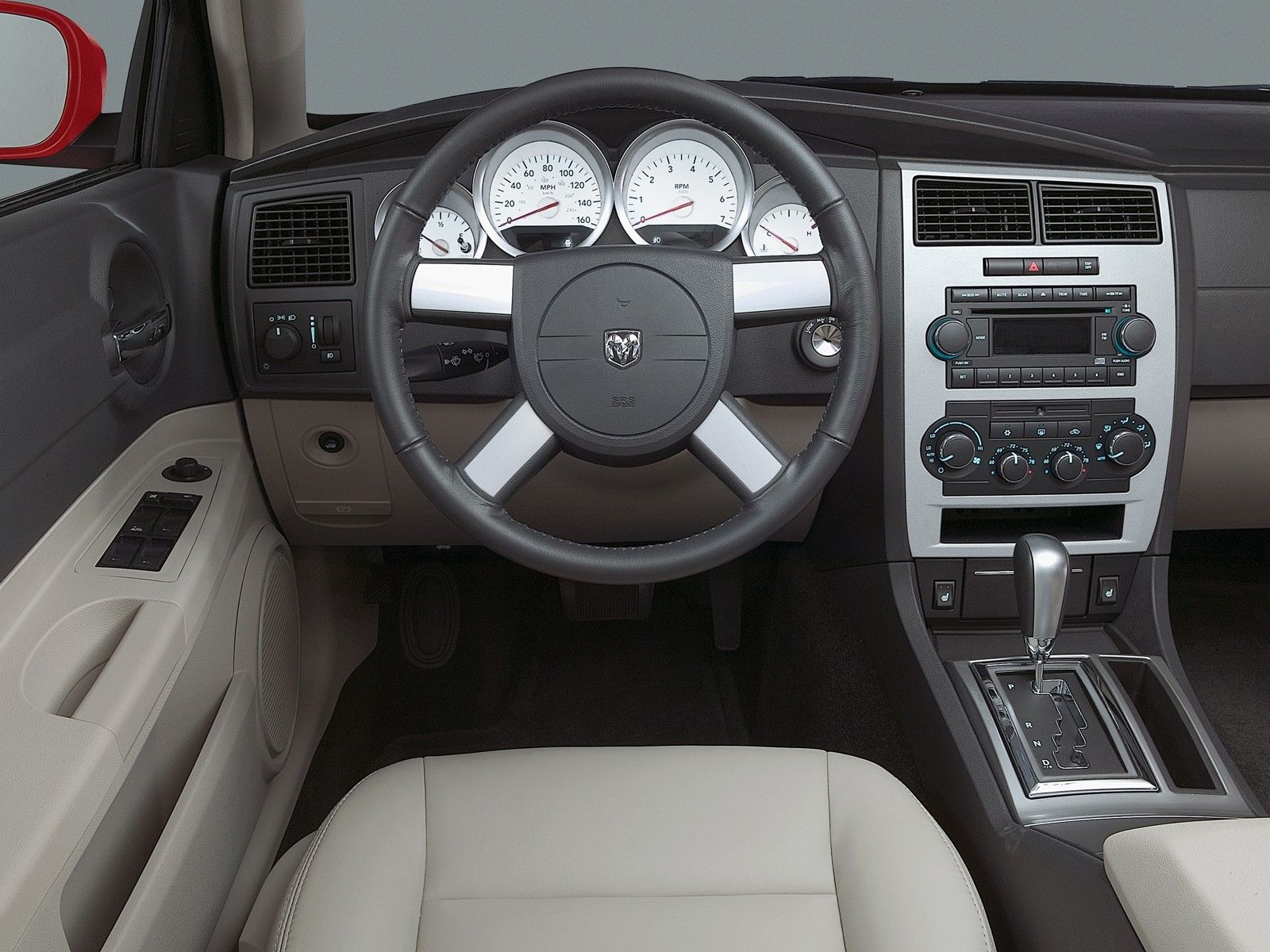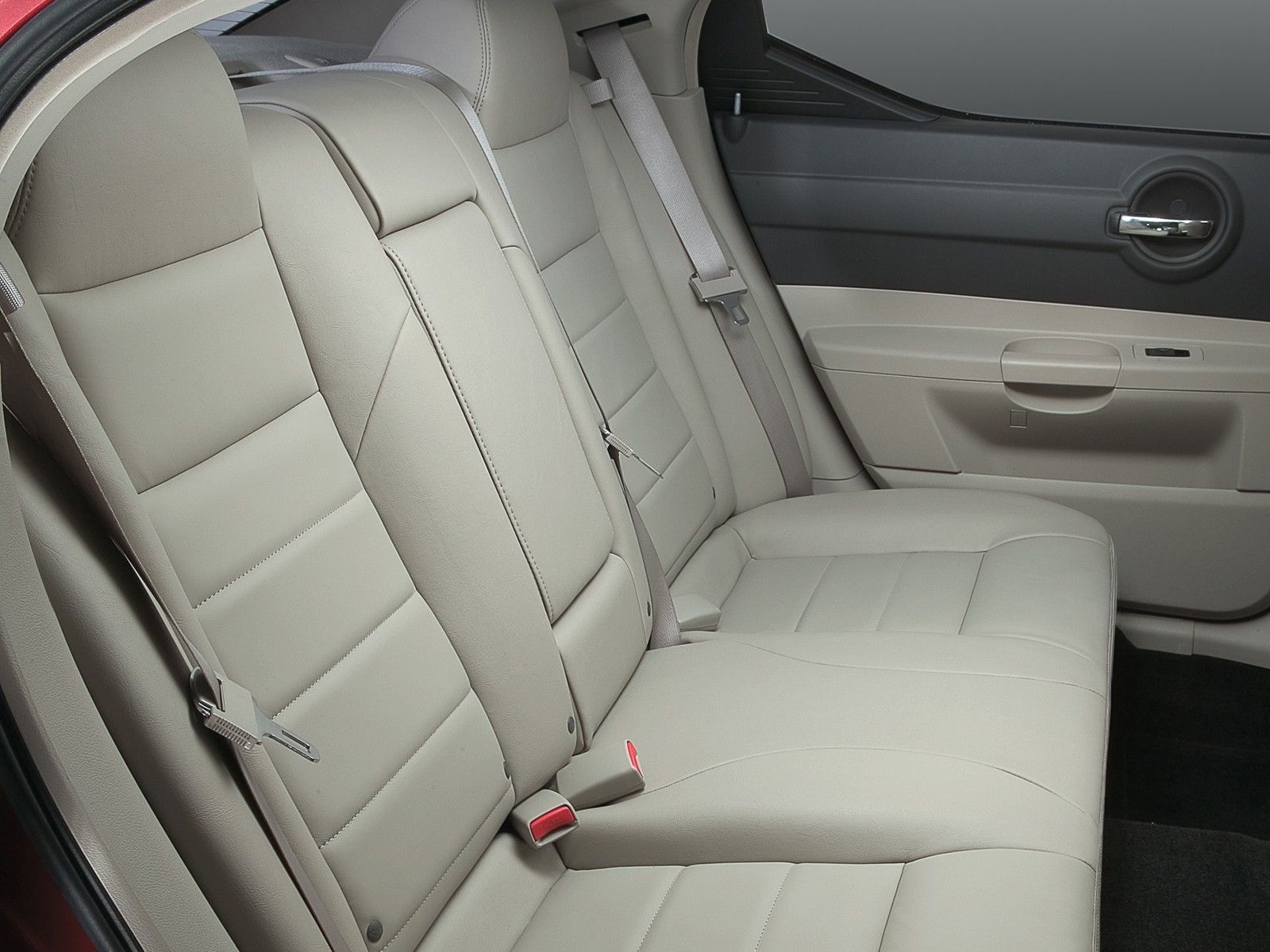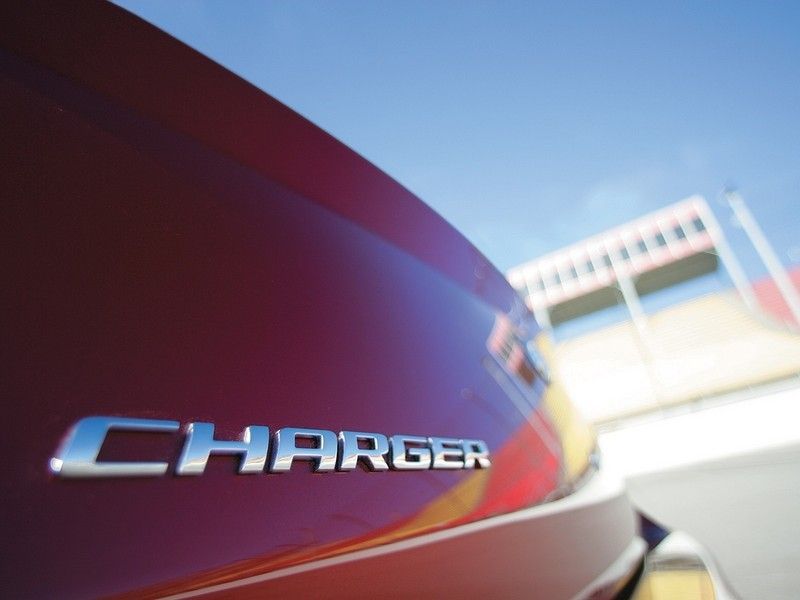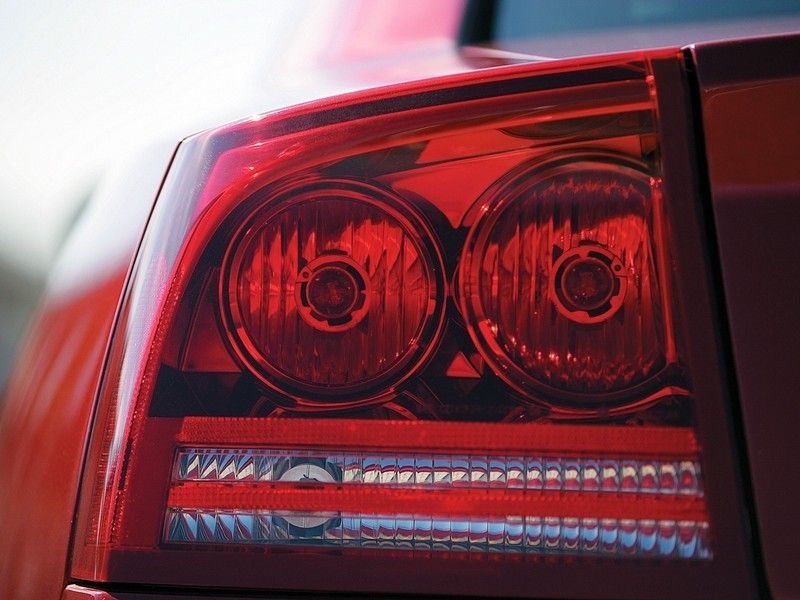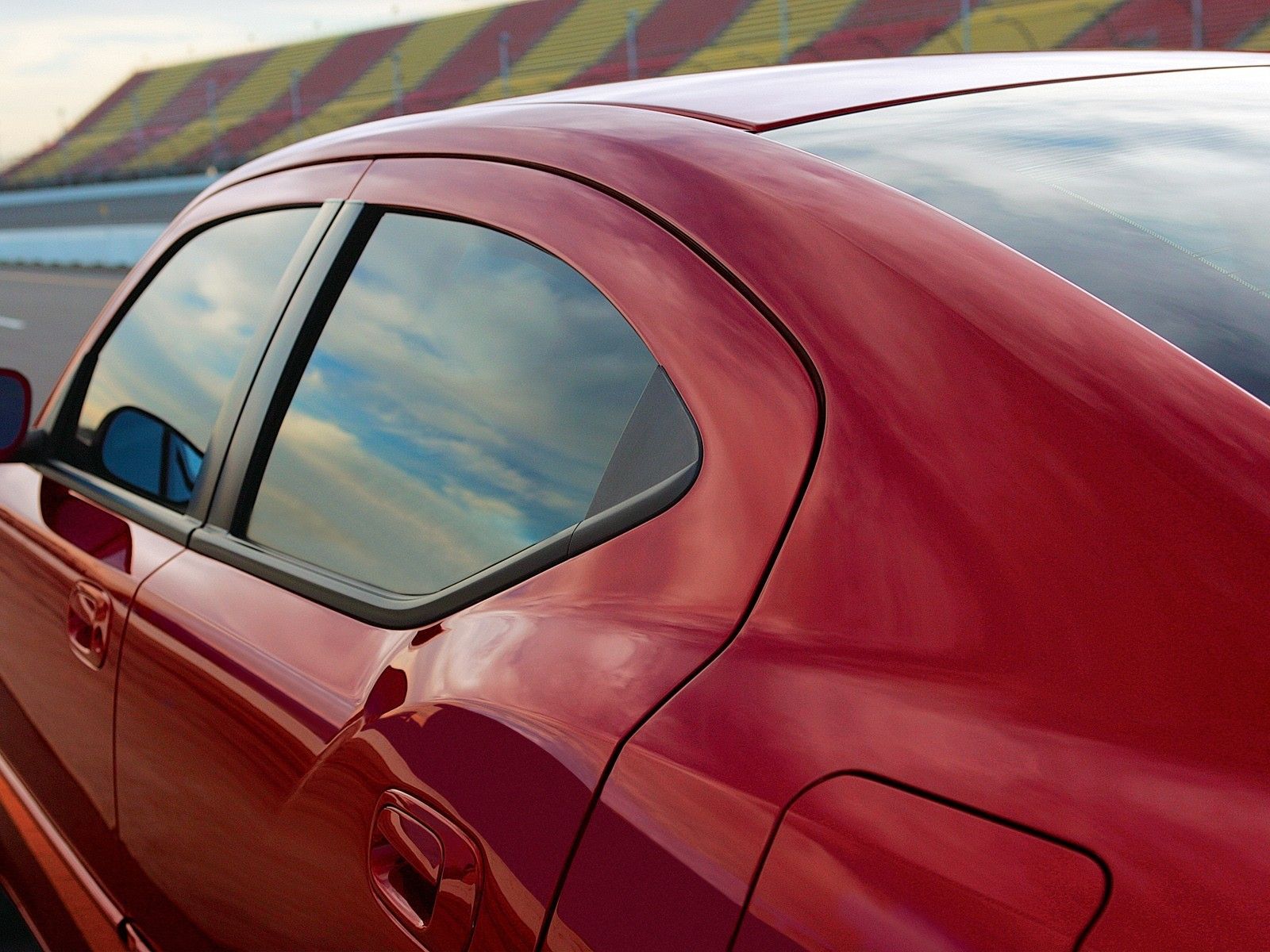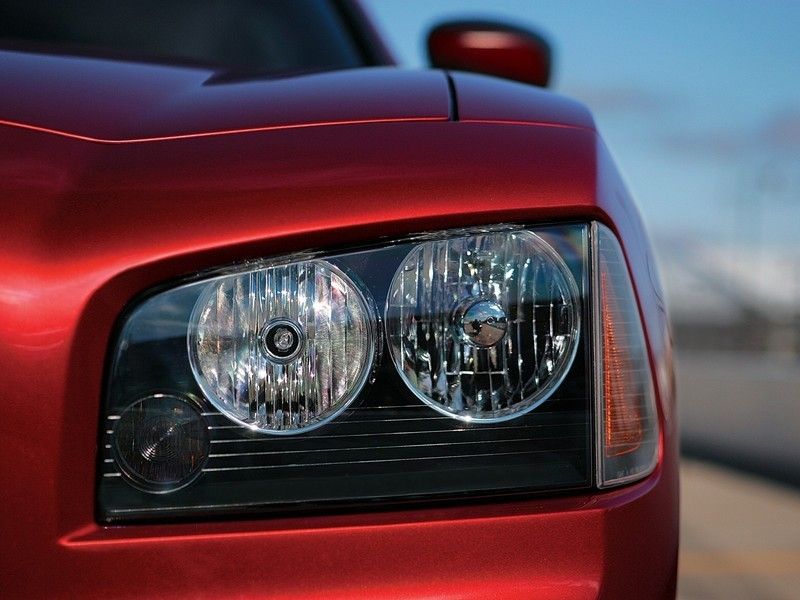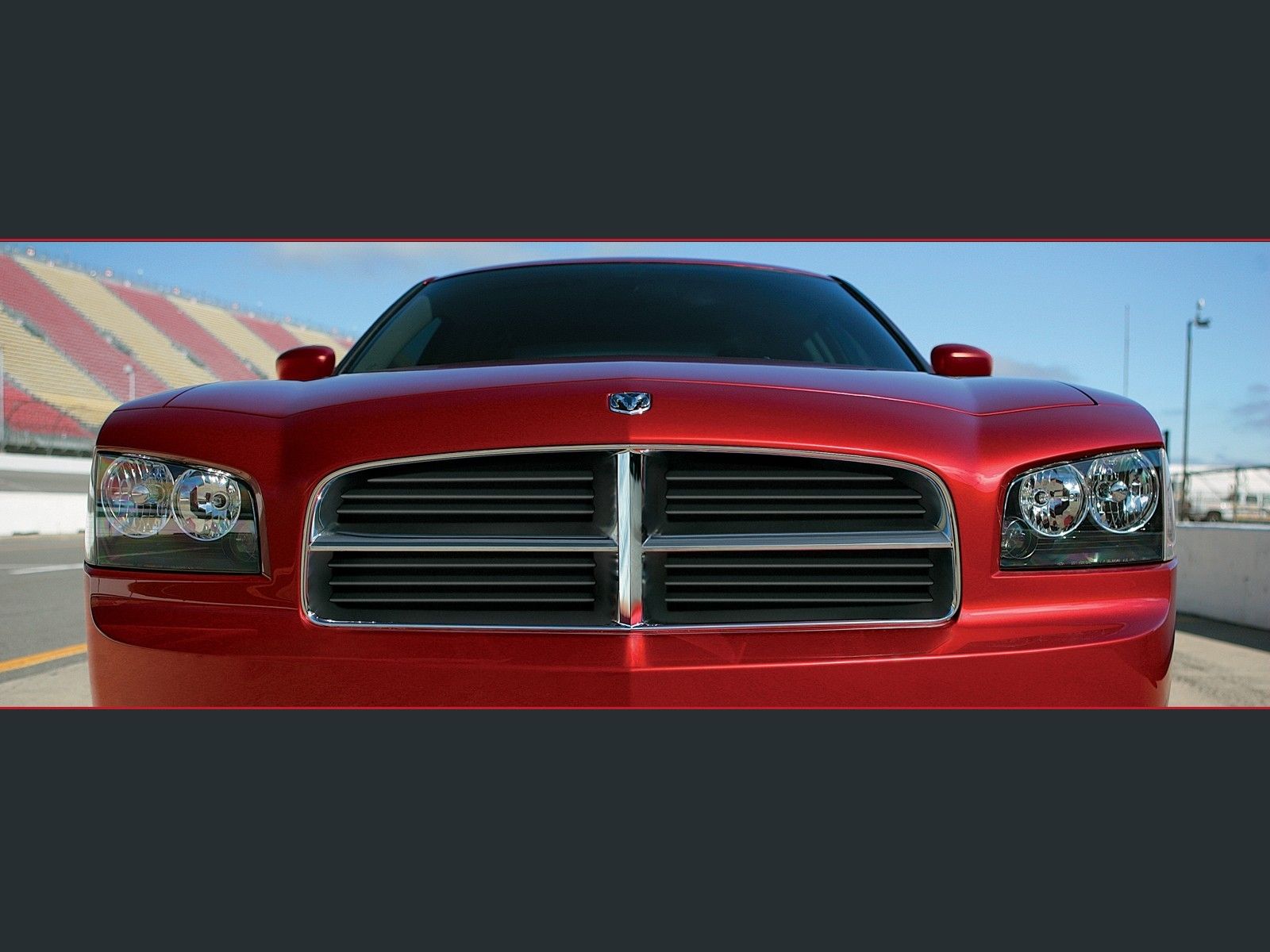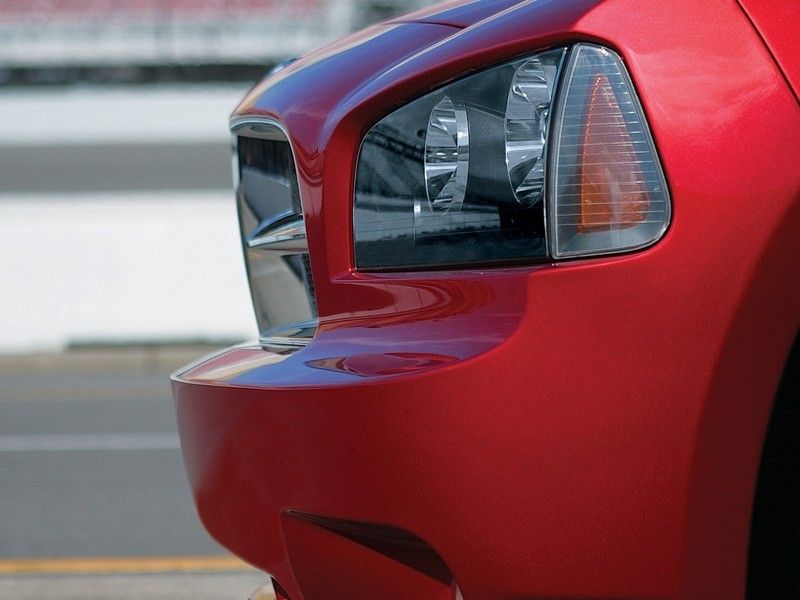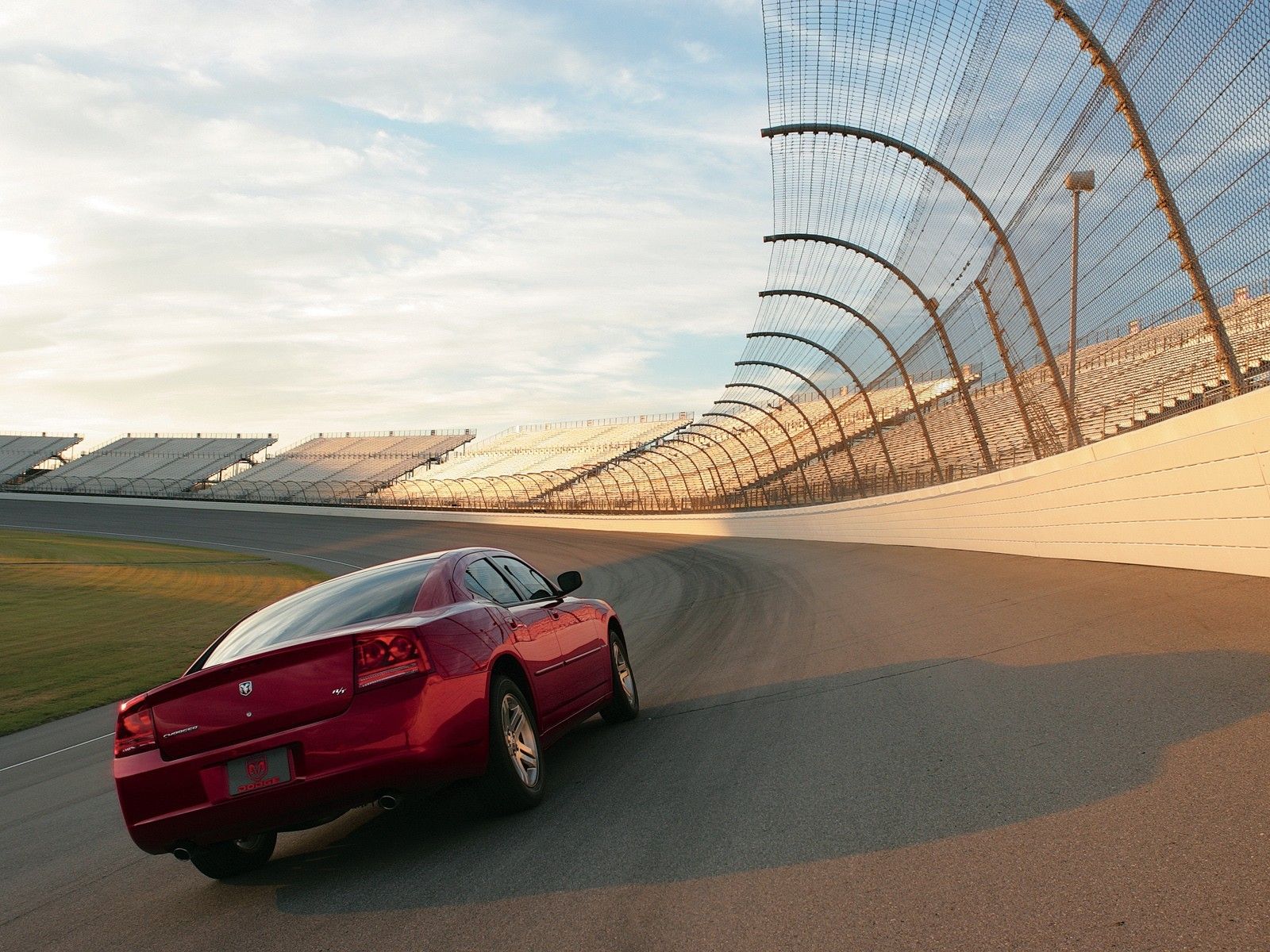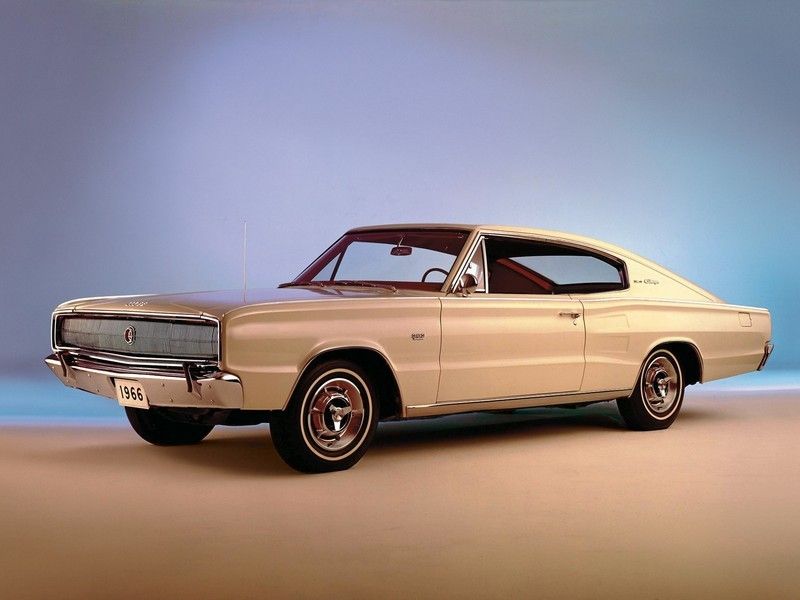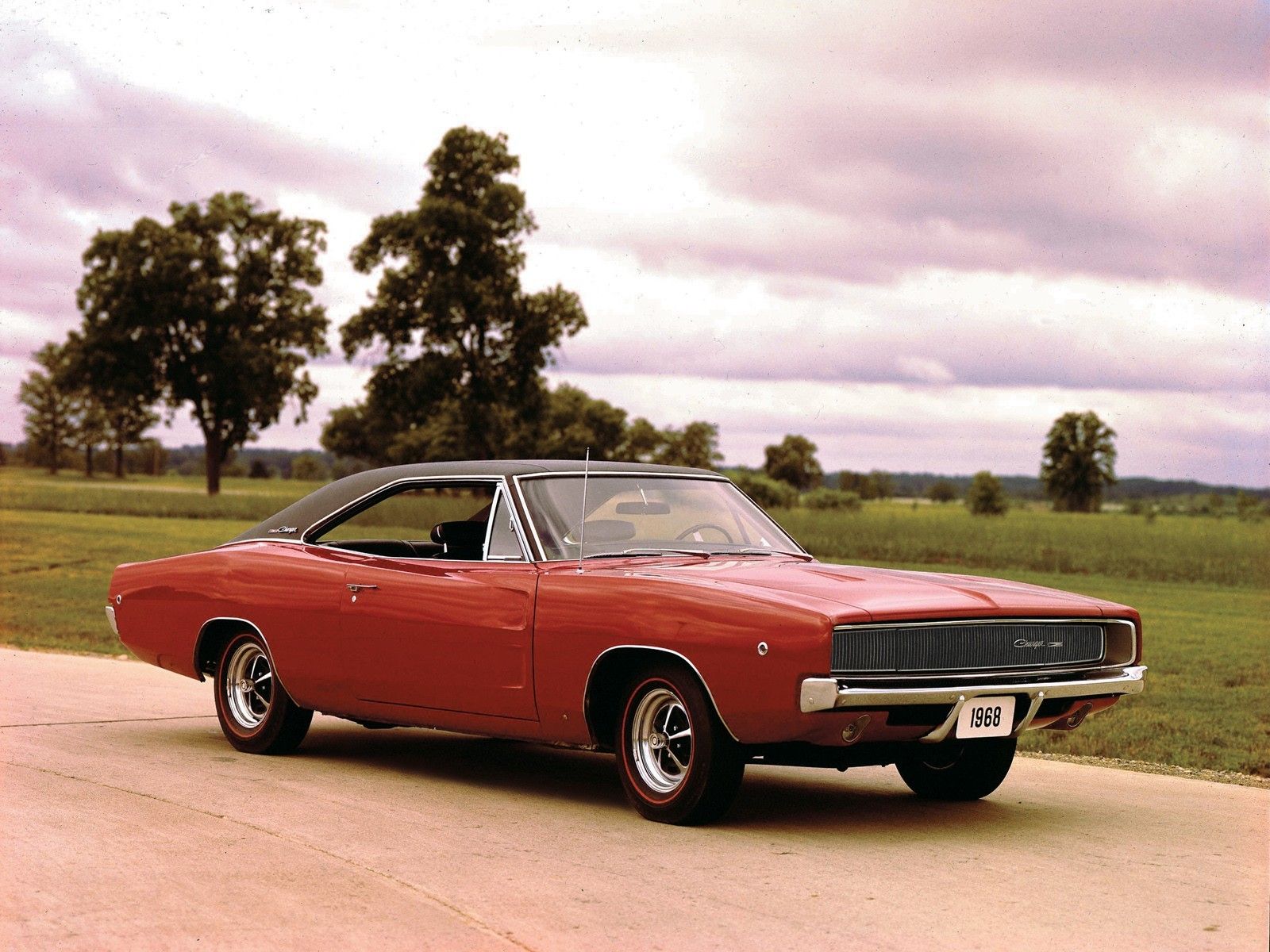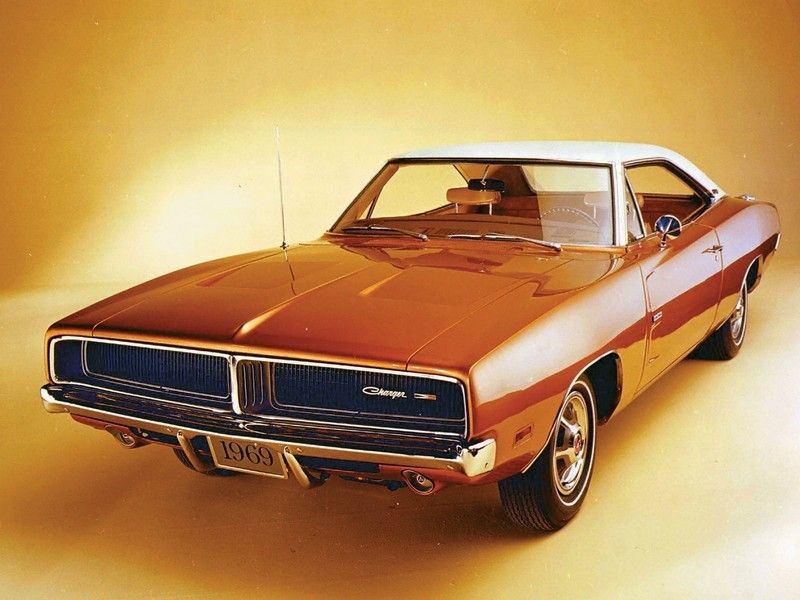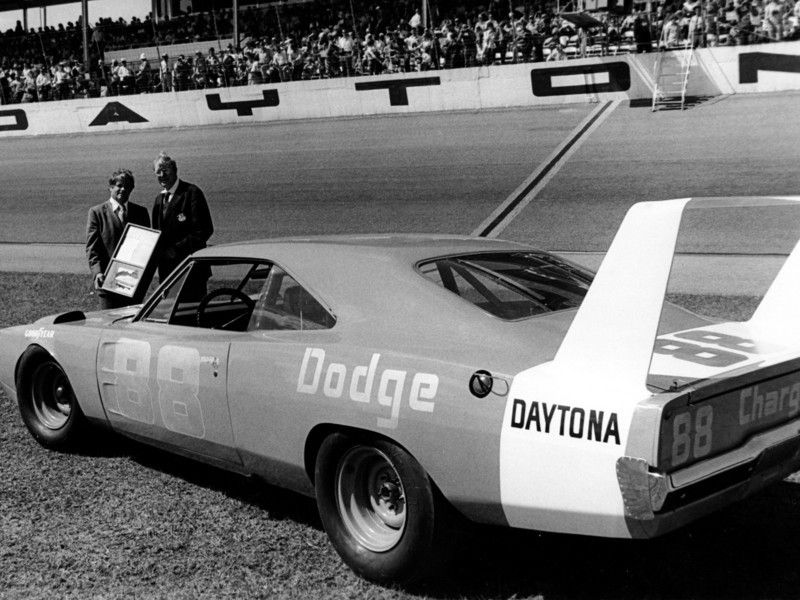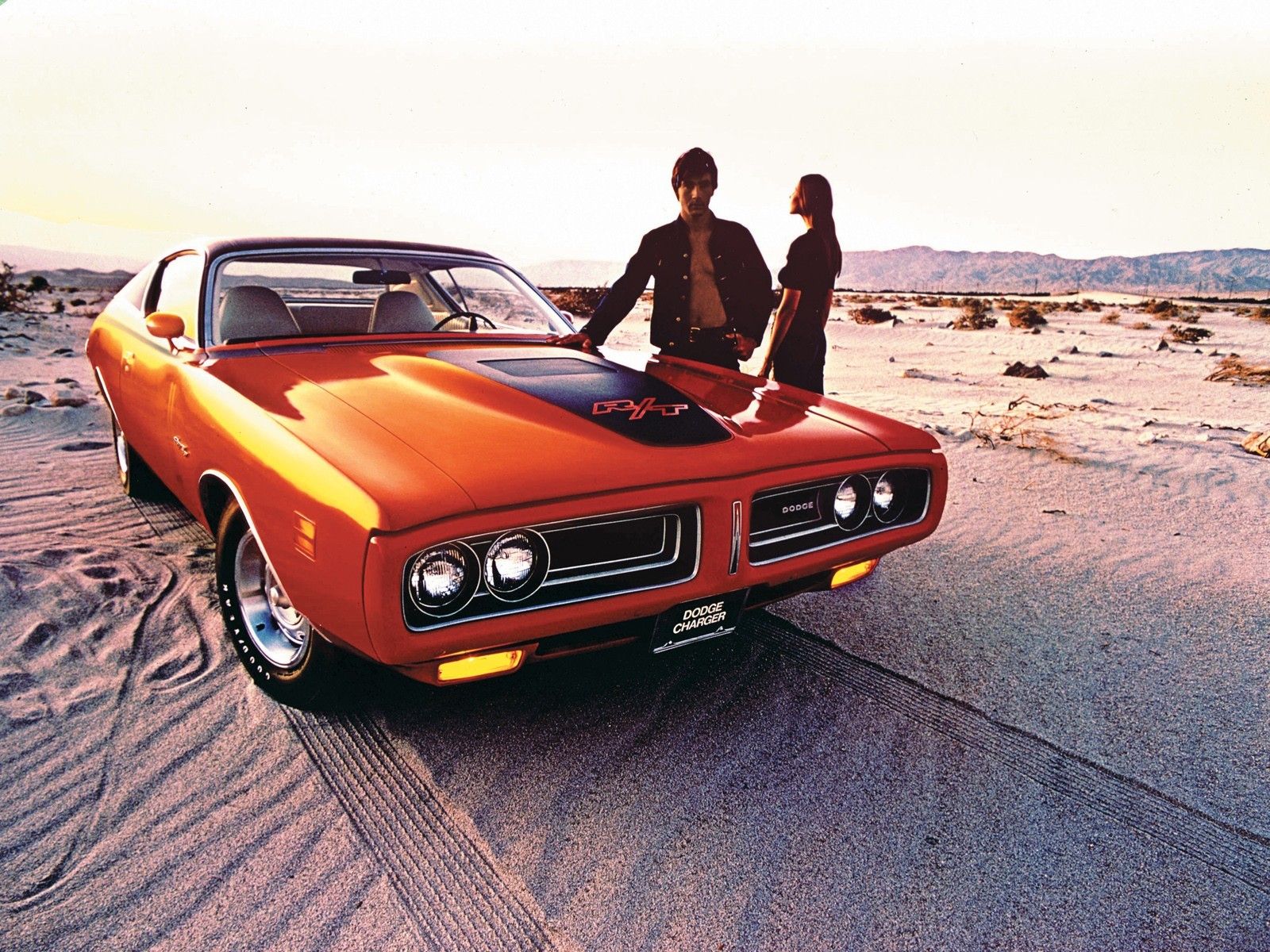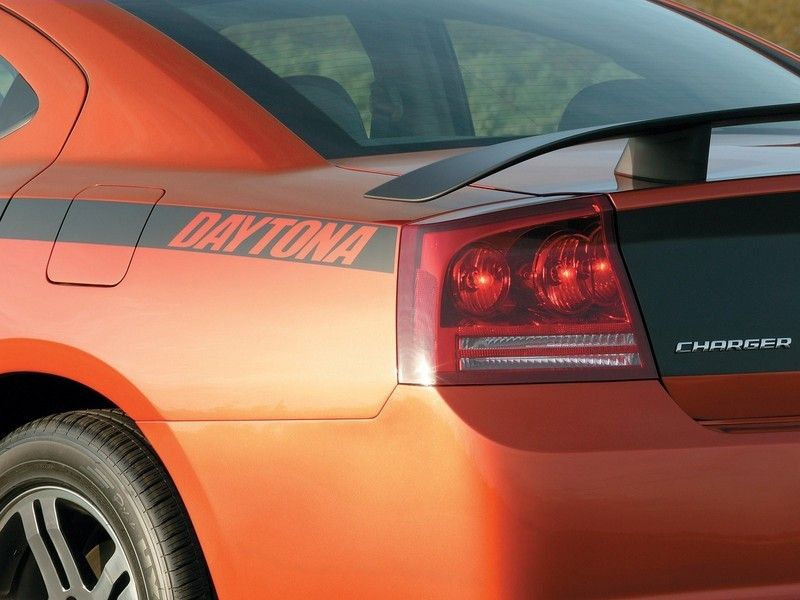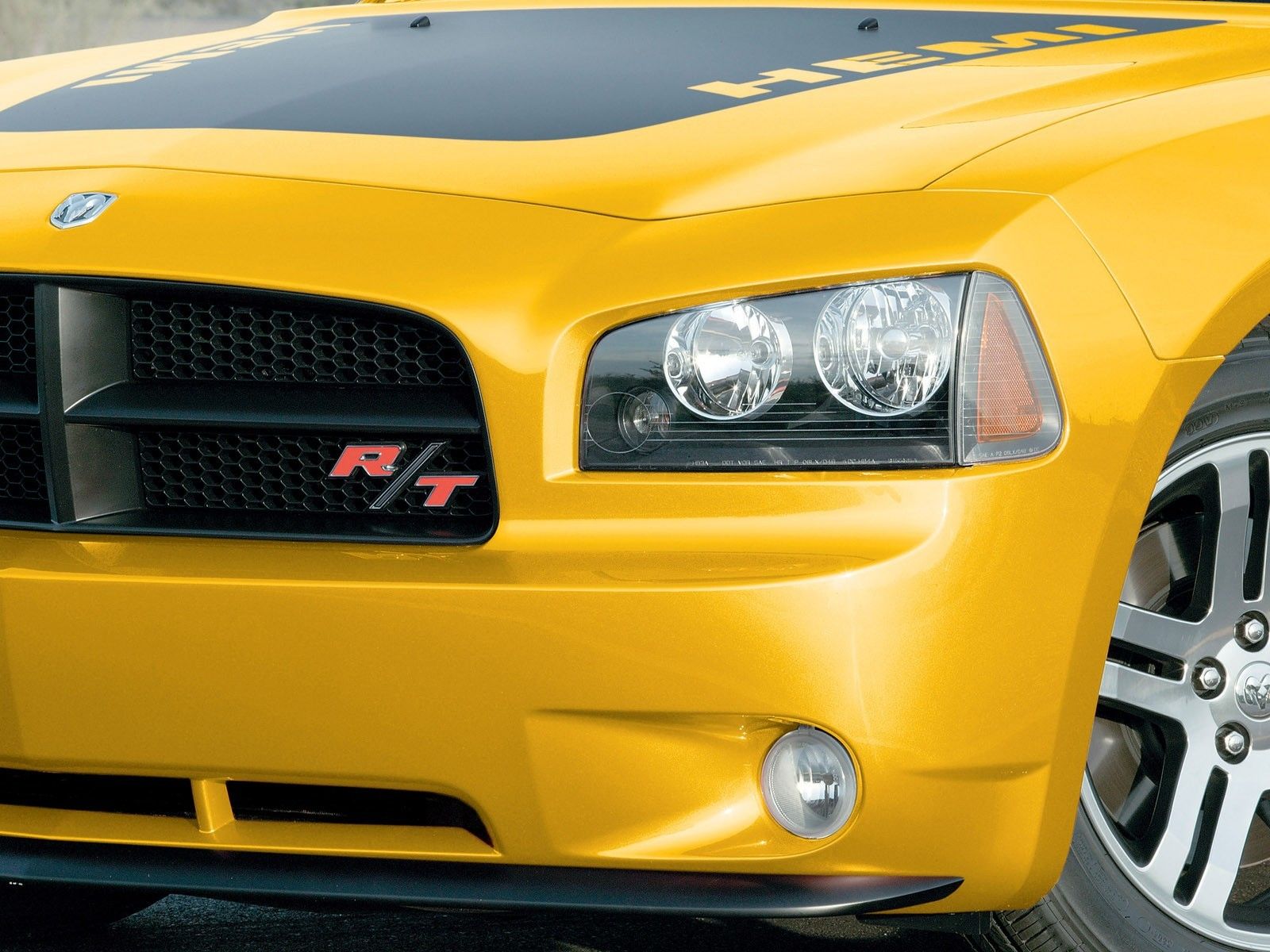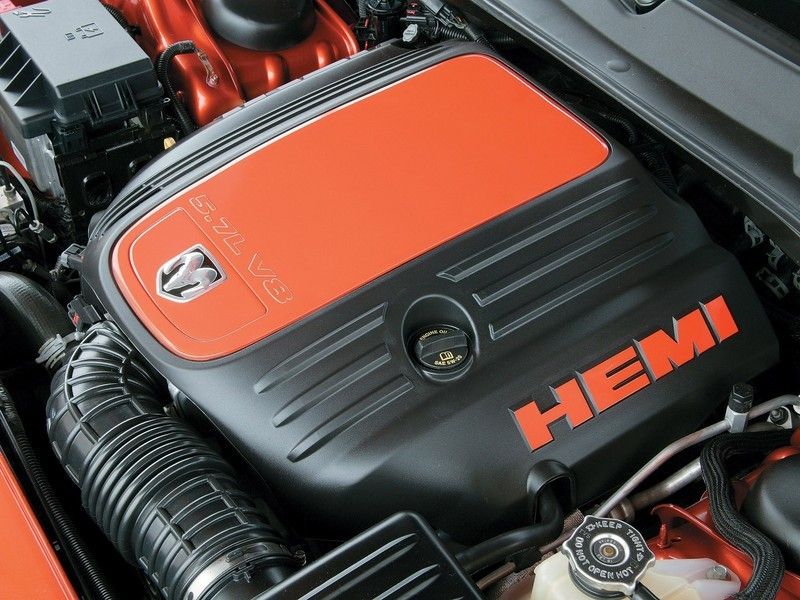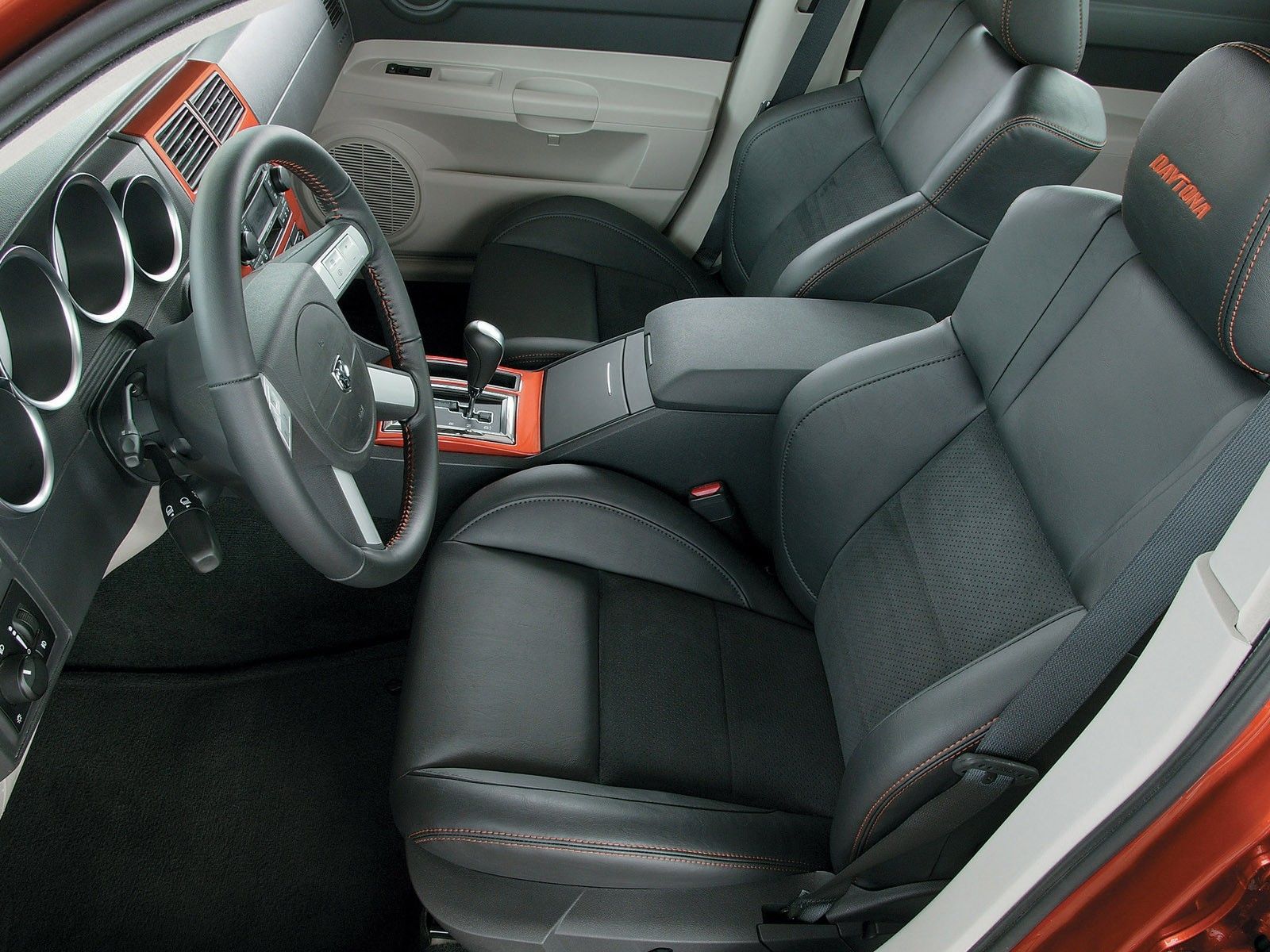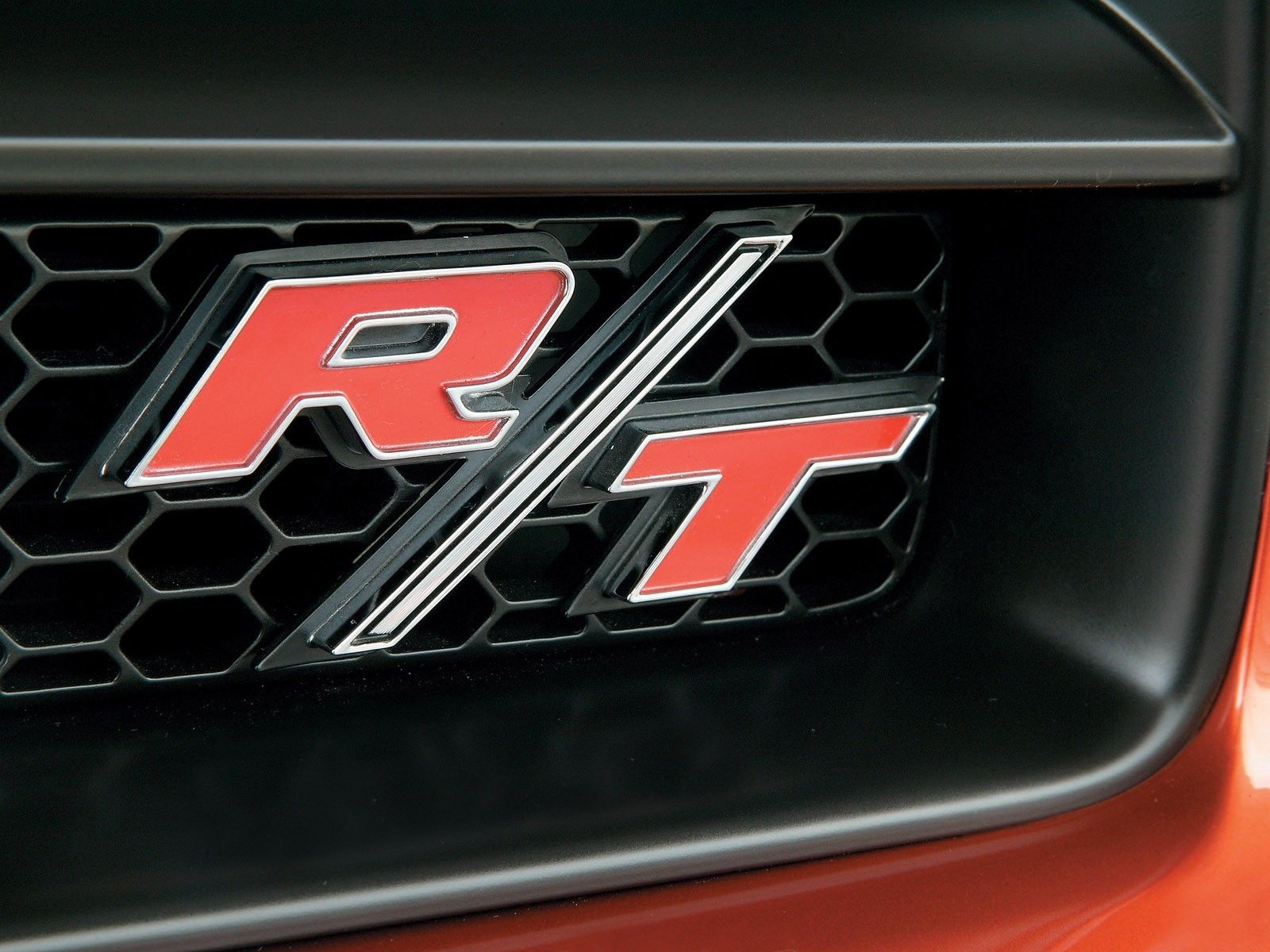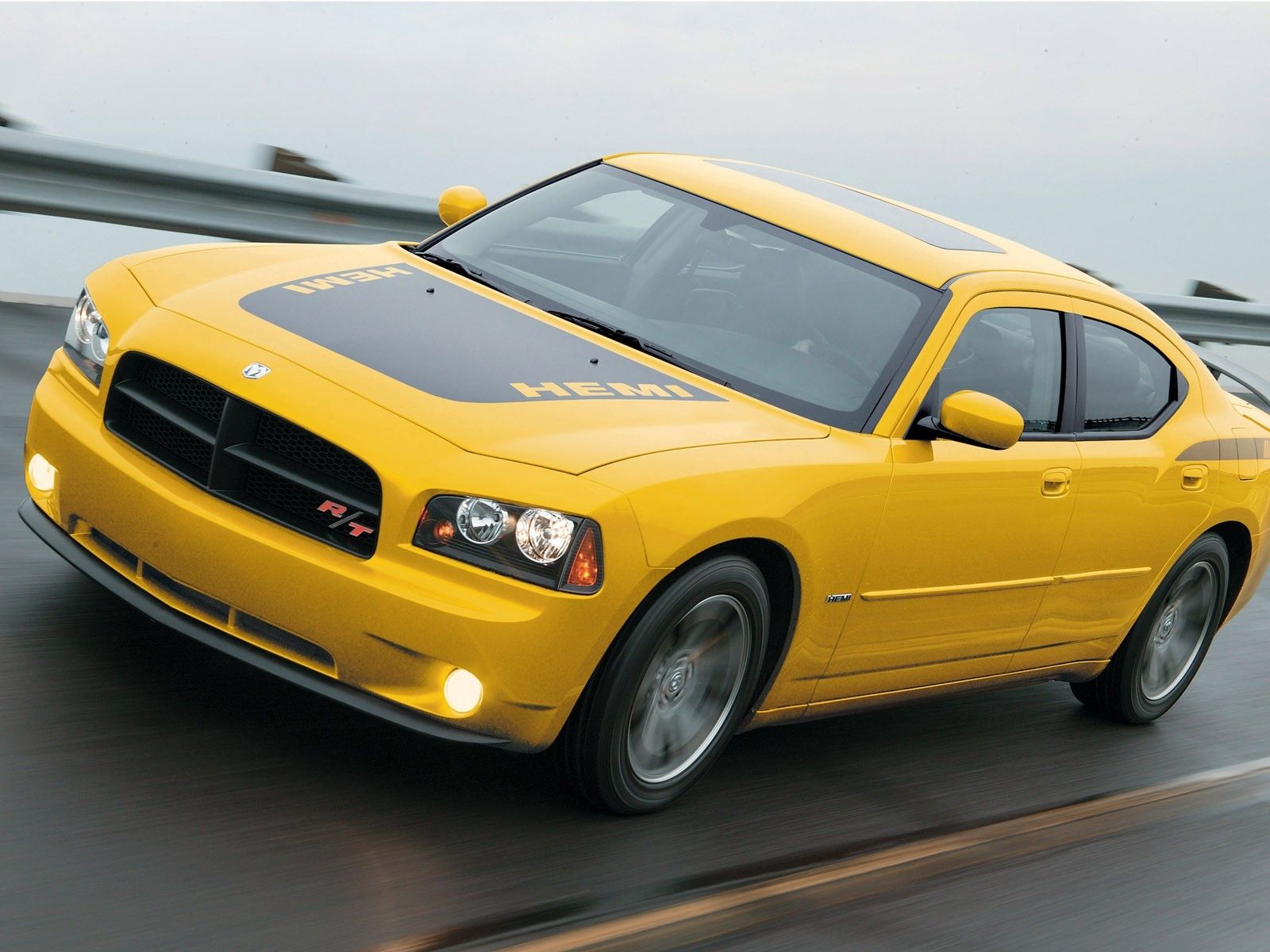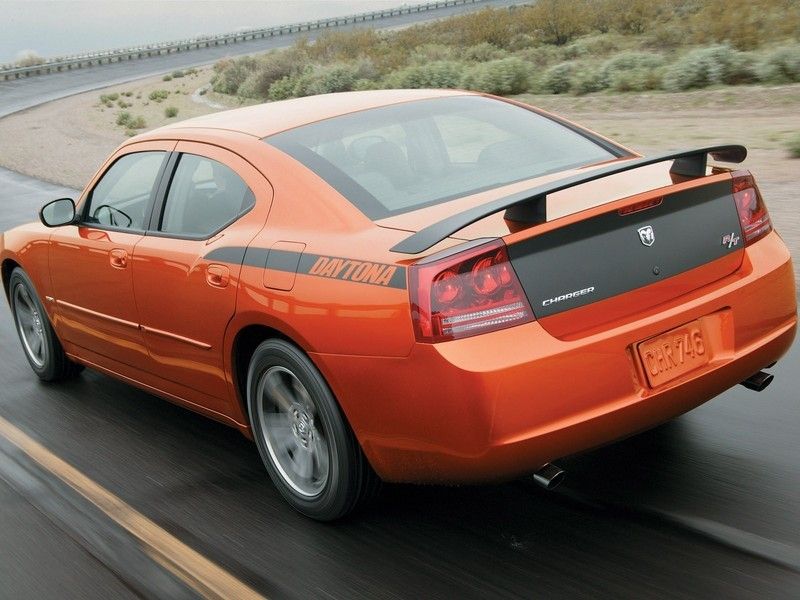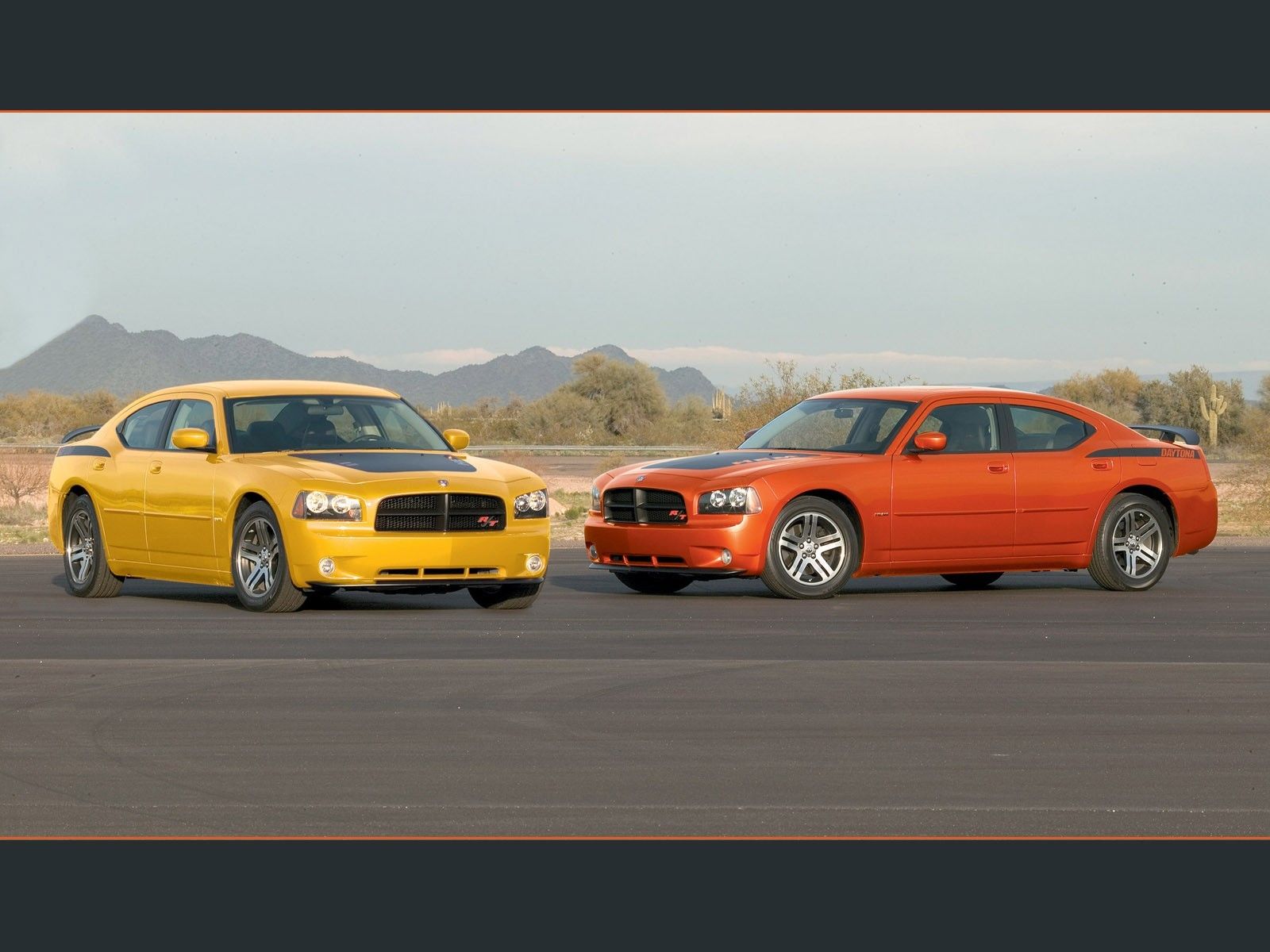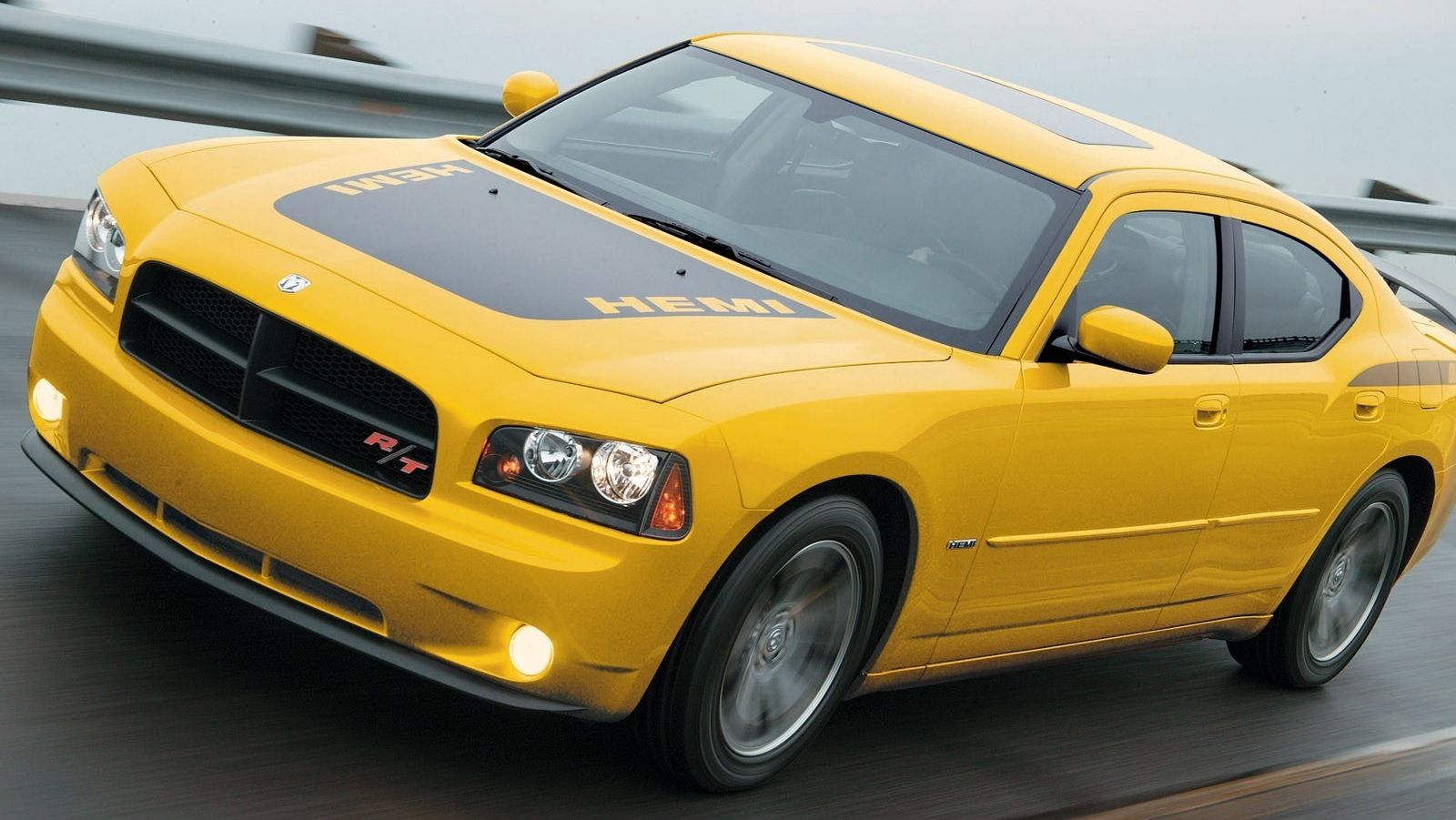The Dodge Charger->ke218 got its start in 1966 and was a two-door, fastback coupe->ke141 that offered room for four. Generations came and went quickly in those days, and for 1968, the second generation Charger debuted. The third generation came along in 1971 and lasted till the 1974 model year. Sadly for 1975, the Charger morphed from an American muscle car->ke507 to your granddad’s “personal luxury car.->ke505” The fourth generation Charger lasted through 1978 and was eventually discontinued.
The Charger name was resurrected again for the 1981 model year, as a Fox-body Ford Mustang->ke428 look-alike. However, this subcompact hatchback coupe hardly measured up to the Ford. Its FWD configuration and mostly forgettable powertrains didn’t resonate with buyers. There was a turbocharged, 2.2-liter four-cylinder available in a Shelby Edition,->ke81 which many would argue isn’t worthy of Carroll’s last name. Chrysler->ke21 killed the car after the 1987 model year.
Fast-forward two decades, and Chrysler’s partnership with Daimler->ke3653 has brought forth a four-door sedan->ke142 with a longitudinal powertrain configuration and room enough for a V-8. The sixth-generation Charger debuted for the 2006 model year and broke the two-door coupe mold set forth by previous Chargers. Nevertheless, the sixth generation is by far the most successful in terms of sales and longevity.
Chrysler’s partnership with Daimler afforded the automaker access to parts and engineering from Mercedes,->ke187 and after raiding the parts bens, the Charger sprang forth. The front control arms were borrowed from the W220 S-Class->ke359 sedan while the five-link rear suspension, firewall, and floor plan came from the W211 E-Class.->ke373 Chrysler called it the LX platform.
Of course, Chrysler, the parent company of Dodge,->ke28 badge-engineered itself the Chrysler 300 sedan, which shared nearly every part with the Charger, along with the LX underpinnings. Nevertheless, we’re here about the Charger, so let’s dive into the details.
Continue reading for the full review
2006 Dodge Charger
- Make: Array
- Model: 2006 Dodge Charger
- Engine/Motor: 6.1 liter V8
- Horsepower: 250@6400
- Torque: 6400
- Transmission: 5-Speed Automatic
Exterior
The 2006 Dodge Charger had a revolutionary design that looked like nothing else on the road. The large crosshair grille and furrowed brow with its “angry-eye” look gave the Charger a massive intimidation factor. A moderately short greenhouse made room for narrow windows that somewhat compromised outward visibility. The rear quarter panel brought in some character lines familiar to the 1968 through 1970 Charger, while making the truck larger. The taillights also harkened back to the second-generation Charger, specifically the 1968 with its four round lenses. The only problem – the round elements were placed behind red housings that somewhat defeated the retro detailing.
Overall, the Charger’s looks stayed fresh for years, only made stale by Dodge’s refreshings of the car’s styling cues.
Interior
The 2006 Dodge Charger wore and interior that far exceeded anything Chrysler had made at that point. The materials were richer and fitments were cleaner. Though looking somewhat spartan by today’s standards, the dashboard looks well conceived and executed.
The driver has a full array of analog gauges, including speed, tach, coolant temperature, and fuel level. A driver information screen used an LCD display below the speedometer and tachometer for giving further information. A simple yet effective center stack held the radio and HVAC controls.
The sixth generation Charger, having departed its 2+2 coupe styling, now offered room for five. Rear seat passengers had use of a center armrest and three-point seatbelts for all three positions. Legroom was generous thanks to the Charger’s Mercedes E-Class roots. Likewise, truck room was generous.
Drivetrain
The Charger debuted at a time when automakers were abandoning rear-wheel drive sedans like the sinking Titanic. Dodge wore the RWD banner proud, heralding itself as the last great holdout of the American sedan. However, Dodge knew RWD isn’t ideal in wintery climates, so it offered AWD as an option beginning in 2007.
Engine choices were available, too. The standard engine was the 2.7-liter V-6 offered only in the base SE trim. The engine made a ho-hum 190 horsepower and 190 pound-feet of torque. Opting for the SXT trim brought the 3.5-liter V-6 with 250 horsepower and 250 pound-feet of torque.
Being an American sedan, the Charger had to offer a proper V-8 – and that it did with the R/T trim. The well-respected, 5.7-liter Hemi V-8 was the range-topping option in 2006 and produced 340 horsepower and 390 pound-feet of torque. Opting for the R/T Performance Group or Daytona R/T packages bumped horsepower up by 10.
Price
Pricing back in 2006 had the Charger listed for roughly $22,500 and topping out, before options, at around $35,300. That price was highly competitive in the market, despite the lack of available RWD, four-door sedans.
Competition
2008 Pontiac G8 GT
Okay, so the Charger’s biggest competition came in two years after its debut. The 2008 Pontiac G8 offered the optional GT trim, which brought the 6.0-liter V-8 borrowed form the Chevrolet Corvette. Here, the engine made 361 horsepower and would push the car to 60 mph in 5.3 seconds. However, like the Charger, the G8 came standard with a V-6. In either configuration, the G8 offered room for five, RWD, and aggressive styling.
While the G8 was Pontiac’s last great car before it died in 2010, the G8 still lives on as the Chevrolet SS. Elsewhere in the world, it’s sold under the Holden name as the Commodore.
Read our full review here.
Conclusion
The resurgence of the Charger name and Chrysler’s investment into the LX platform has paid dividends. The Charger, along with the Chrysler 300 and now defunct Dodge Magnum, offered American buyers a traditional sedan (and wagon) with plenty of interior room and respectable performance.
Some might argue the Charger name should have remained with the two-door coupe design, but in hindsight, it was wise of Chrysler to revive an honored name, especially in modern times when car names are increasingly becoming alphanumeric.
Dodge sold 44,804 Chargers in the 2005 calendar year alone, and a whopping 114,201 Chargers in 2006, it’s first full year of sales. These days, the Charger is still selling strong, moving roughly 95,000 units every year. It’s clear Chrysler planners hit a home run with the sixth generation Charger and will likely to see that success carry into 2020.


